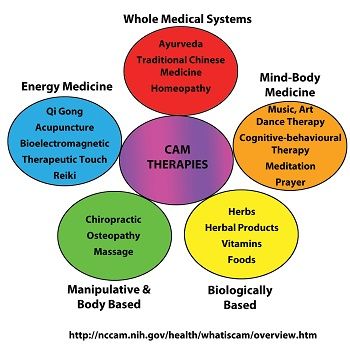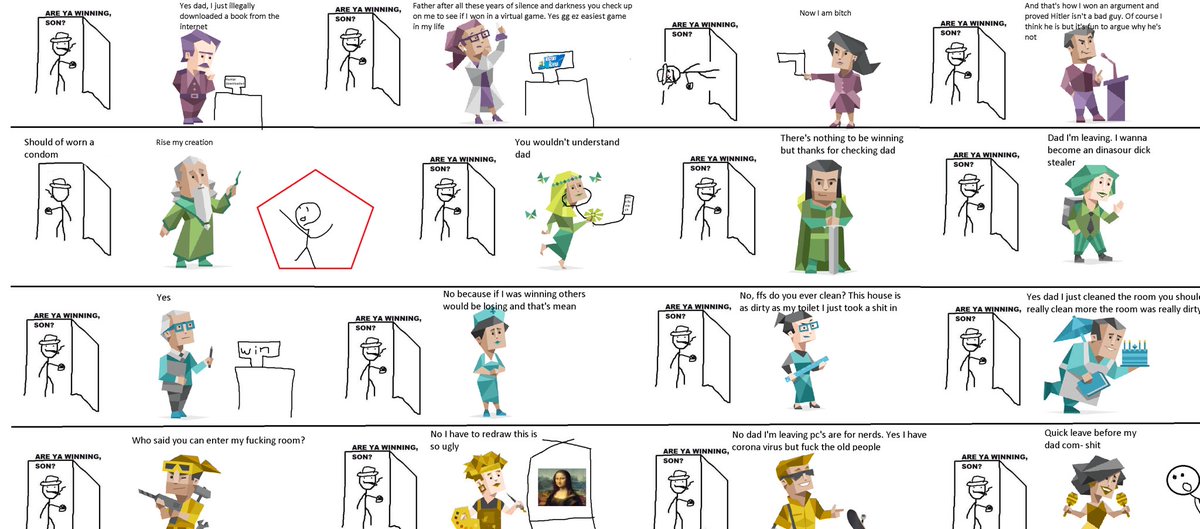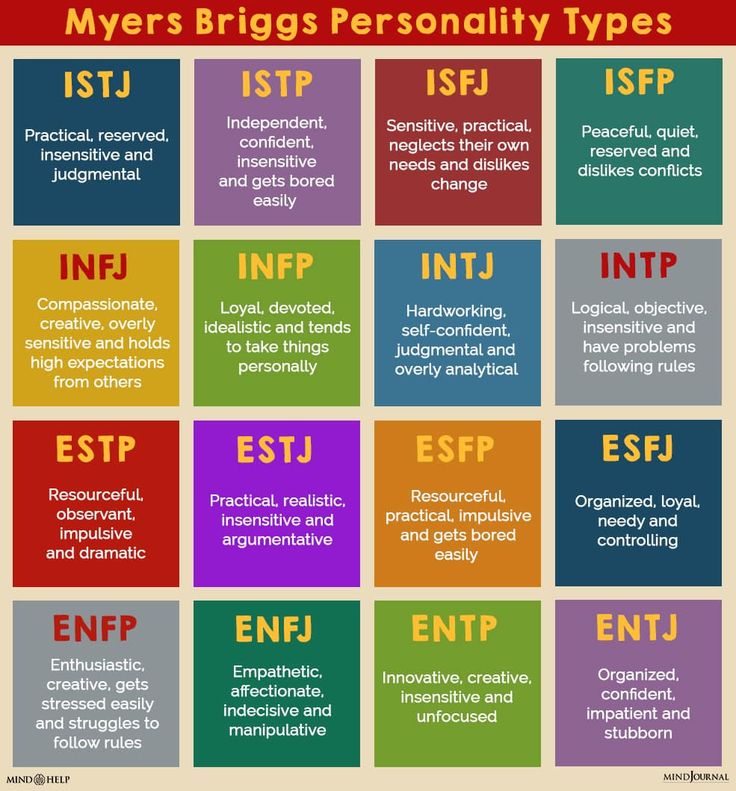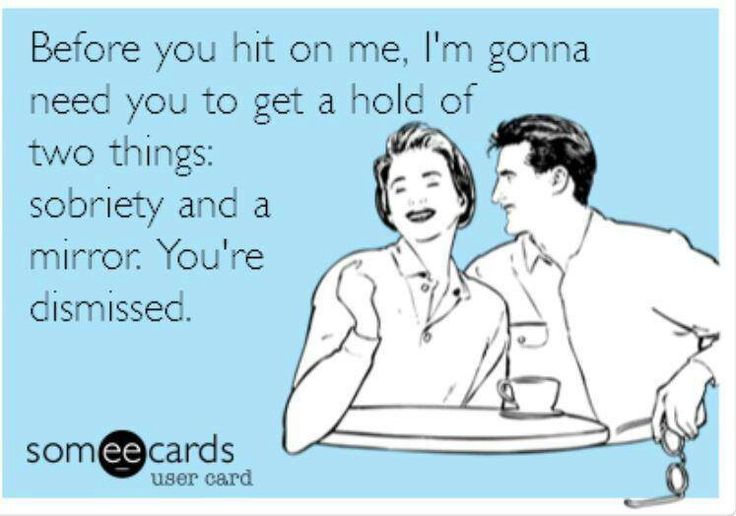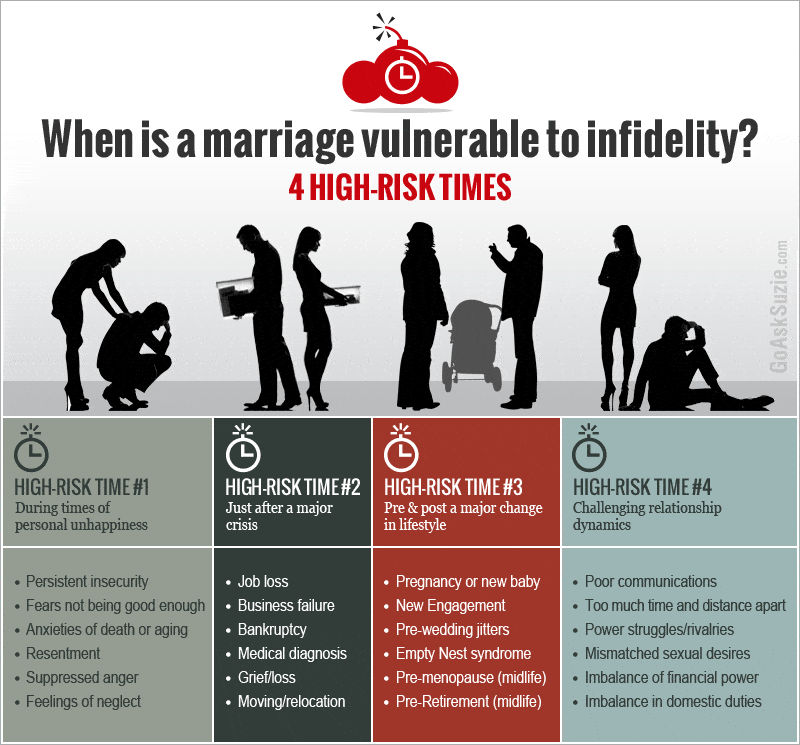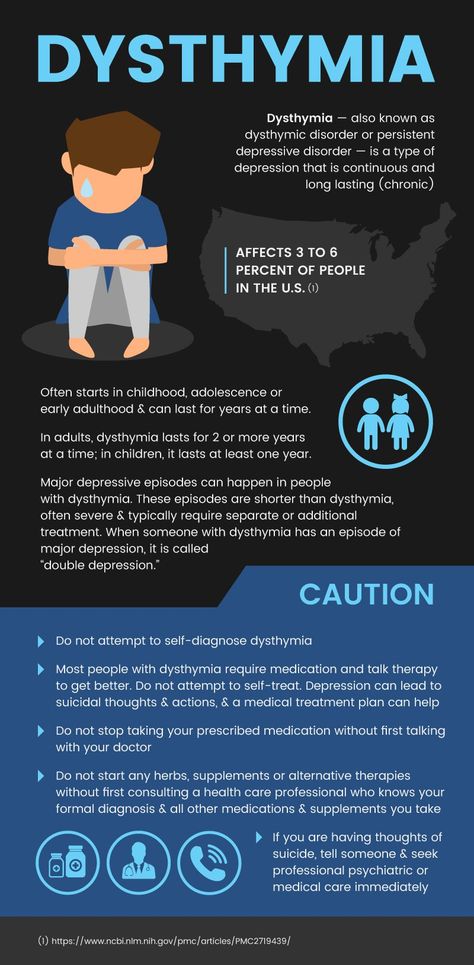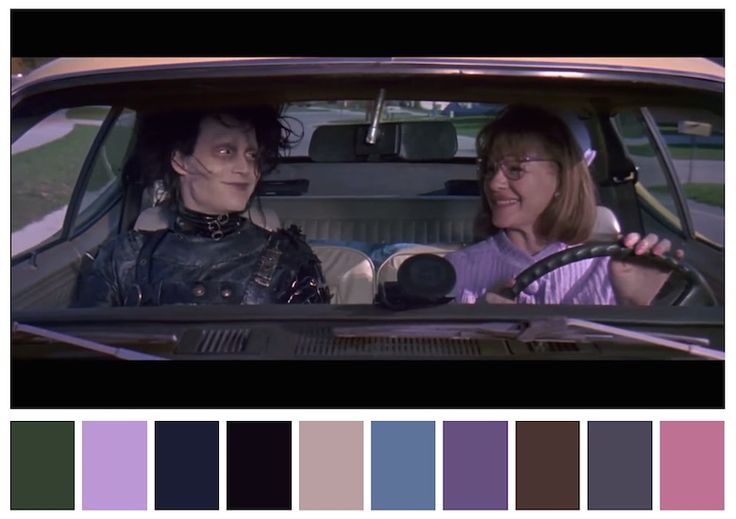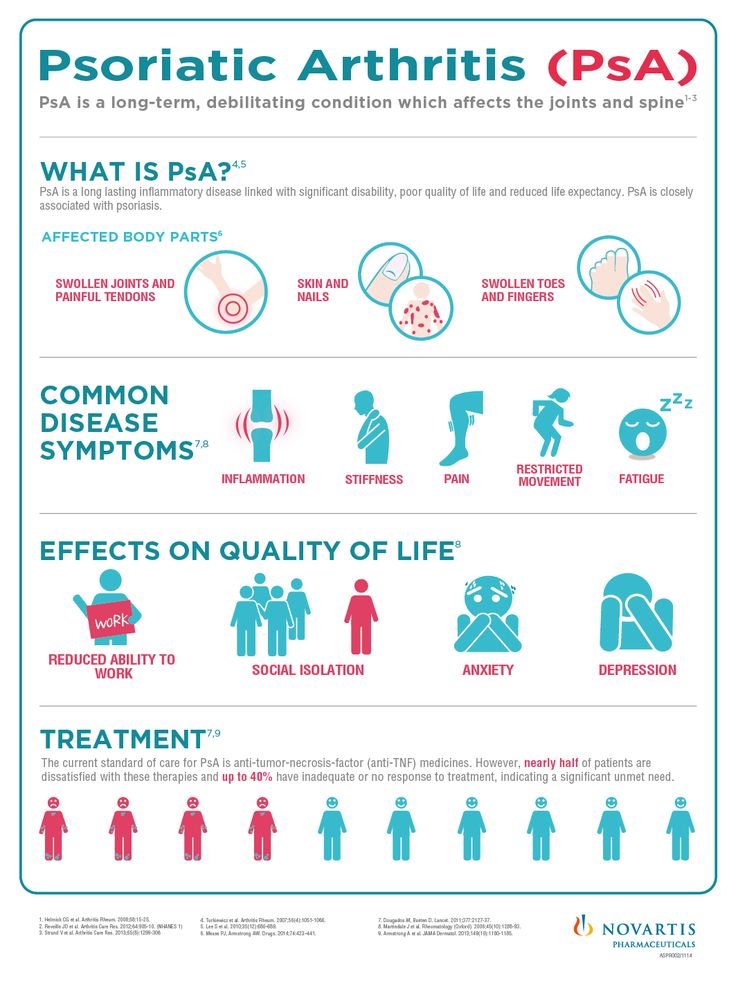Integrative behavioral couples therapy manual
Resources – IBCT
Currently, there are books on IBCT for therapists and couples and an online version of IBCT called OurRelationship. There are videotaped illustrations of IBCT available from the American Psychological Association. Finally, there is a growing body of empirical literature demonstrating the effectiveness of IBCT and OurRelationship.
The most recent version of our book for therapists is Integrative Behavioral Couple Therapy: A Therapist’s Guide to Creating Acceptance and Change. This book describes the theoretical and empirical underpinnings of IBCT, a standard IBCT treatment protocol, and many illustrative examples from couples in treatment. The most recent version of our book for couples is Reconcilable Differences. It is a self-help book that is intended for couples to read while in therapy.
Treatment Manual for IBCT
Christensen, A., Doss, B. D., and & Jacobson, N. S. (2020). Integrative behavioral couple therapy: A therapist’s guide to creating acceptance and change (2nd ed). New York: W. W. Norton. This is a revision of Jacobson and Christensen (1998). Acceptance and change in couple therapy. New York: Norton.
Self-Help Book on IBCT
Christensen, A., Doss, B. D., & Jacobson, N. S. (2014). Reconcilable differences (2nd ed.). New York: Guilford Press. This is a revision of Christensen & Jacobson (2000). Reconcilable Differences. New York: Guilford.
Online Intervention Based on IBCT
OurRelationship Program
Video Illustrations of IBCT
Heterosexual couple seen by Andrew Christensen: LINK
Gay couple seen by Christopher Martell: LINK
Research on IBCT and the Online OurRelationship Program
Atkins, D. C., Berns, S. B., George, W., Doss, B., Gattis, K., & Christensen, A. (2005). Prediction of response to treatment in a randomized clinical trial of marital therapy. Journal of Consulting and Clinical Psychology, 73, 893-903.
Atkins, D. C., Dimidjian, S., Bedics, J.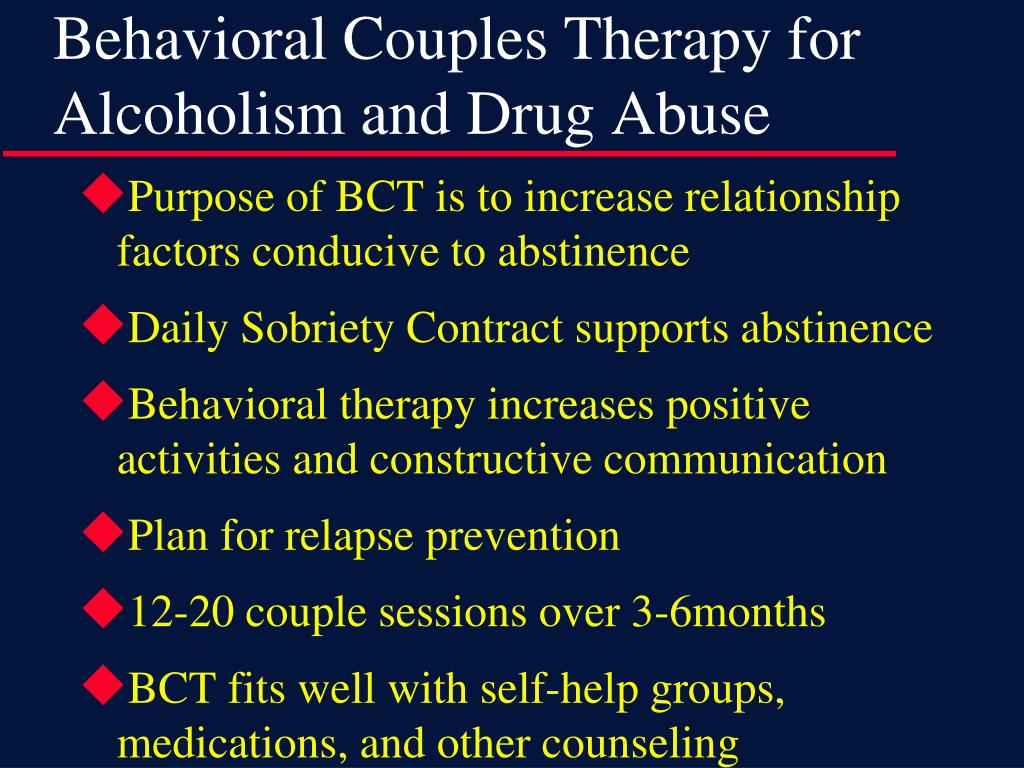 D., & Christensen, A. (2009). Couple discord and depression in couples during couple therapy and in depressed individuals during depression treatment. Journal of Consulting and Clinical Psychology, 77,1089–1099.
D., & Christensen, A. (2009). Couple discord and depression in couples during couple therapy and in depressed individuals during depression treatment. Journal of Consulting and Clinical Psychology, 77,1089–1099.
Atkins, D. C., Eldridge, K., Baucom, D. H., & Christensen, A. (2005). Infidelity and behavioral couple therapy: Optimism in the face of betrayal. Journal of Consulting and Clinical Psychology, 73, 144-150.
Baucom, B. R., Atkins, D. C., Simpson, L. E., & Christensen, A. (2009). Prediction of response to treatment in a randomized clinical trial of couple therapy: A 2-year follow-up. Journal of Consulting and Clinical Psychology, 77, 160-173.
Baucom, B. R., Atkins, D. C., Simpson, L. E., & Christensen, A. (2015). Prediction of treatment response at 5-year Follow-up in a Randomized Clinical Trial of Behaviorally Based Couple Therapies. Journal of Consulting and Clinical Psychology, 83,103-14.
Baucom, B. R. , Sheng, E., Christensen, A., Georgiou, P. G., Narayanan, S. S., & Atkins, D. C. (2015). Behaviorally-based couple therapies reduce emotional arousal during couple conflict. Behavior Research and Therapy, 72, 49-55.
, Sheng, E., Christensen, A., Georgiou, P. G., Narayanan, S. S., & Atkins, D. C. (2015). Behaviorally-based couple therapies reduce emotional arousal during couple conflict. Behavior Research and Therapy, 72, 49-55.
Baucom, K. J. W., Baucom, B. R., & Christensen, A. (2015). Changes in dyadic communication during and after integrative and traditional behavioral couple therapy. Behavior Research and Therapy, 65, 18-28.
Baucom, K. J. W., Sevier, M., Eldridge, K. A., Doss, B. D., & Christensen, A. (2011). Observed communication in couples 2 years after integrative and traditional behavioral couple therapy: Outcome and link with 5-year follow-up. Journal of Consulting and Clinical Psychology, 79, 565-576.
Benson, L. A., Doss, B. D., & Christensen, A. (2018). Online intervention for couples affected by generalized anxiety disorder. European Journal of Counselling Psychology, 7, 1-13.
Benson, L. A., Sevier, M., & Christensen, A.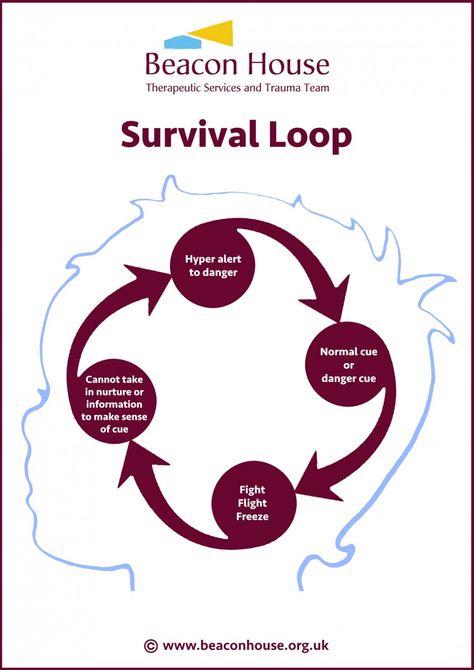 (2013). The impact of behavioral couple therapy on attachment in distressed couples. Journal of Marital and Family Therapy, 39, 407-420.
(2013). The impact of behavioral couple therapy on attachment in distressed couples. Journal of Marital and Family Therapy, 39, 407-420.
Christensen, A. (2010). A unified protocol for couple therapy. In K. Hahlweg, M. Grawe-Gerber, & D. H. Baucom (Eds.). Enhancing couples: The shape of couple therapy to come (pp 33-46). Göttingen: Hogrefe.
Christensen, A. & Doss, B. D. (2017). Integrative Behavioral Couple Therapy. Current Opinion in Psychology, 13, 11-114.
Christensen, A., Atkins, D. S., Berns, S., Wheeler, J., Baucom, D. H. & Simpson, L. E. (2004). Traditional versus Integrative Behavioral Couple Therapy for Significantly and Chronically Distressed Married Couples, Journal of Consulting and Clinical Psychology, 72, 176–191.
Christensen, A., Atkins, D. C., Yi, J., Baucom, D. H., & George, W. H. (2006). Couple and individual adjustment for two years following a randomized clinical trial comparing traditional versus integrative behavioral couple therapy.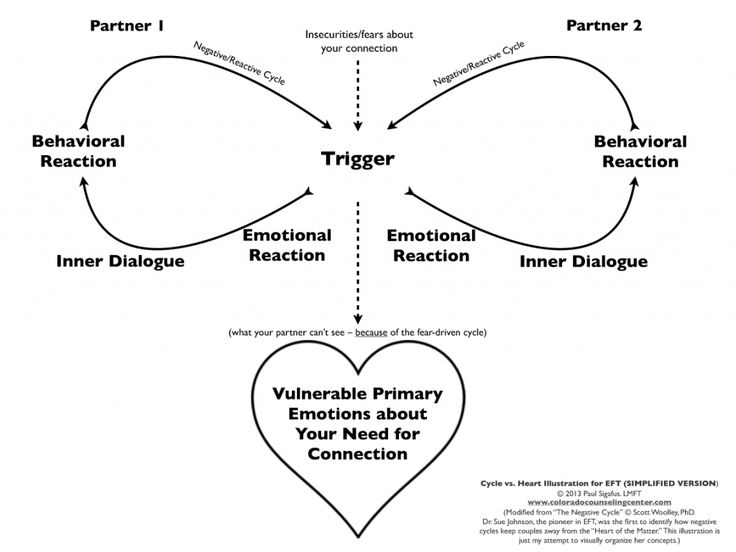 Journal of Consulting and Clinical Psychology, 74, 1180–1191.
Journal of Consulting and Clinical Psychology, 74, 1180–1191.
Christensen, A., Atkins, D. C., Baucom, B., & Yi, J. (2010). Marital Status and Satisfaction Five Years Following a Randomized Clinical Trial Comparing Traditional Versus Integrative Behavioral Couple Therapy. Journal of Consulting and Clinical Psychology, 78, 225-235.
Christensen, A. & Glynn, S. (2019). Integrative Behavioral Couple Therapy. In B. H. Fiese (Editor-in-Chief) APA Handbook of Contemporary Family Psychology: Vol. 3. Family Therapy and Training (pp.275-290). Washington, DC: American Psychological Association.
Cordova, J. V., Jacobson, N. S., & Christensen, A. (1998). Acceptance versus change interventions in behavioral couple therapy: Impact on couples’ in-session communication. Journal of Marriage & Family Counseling, 24, 437-455.
Doss, B. D., Benson, L. A., Georgia, E. J., & Christensen, A. (2013). Translation of Integrative Behavioral Couple Therapy to a web-based intervention. Family Process, 52, 139-152.
Family Process, 52, 139-152.
Doss, B. D., Cicila, L. N., Georgia, E. J., Roddy, M. K., Nowlan, K. M., Benson, L. A., & Christensen, A. (2016). A Randomized Controlled Trial of the Web-Based OurRelationship Program: Effects on Relationship and Individual Functioning. Journal or Consulting and Clinical Psychology, 84, 285-296.
Doss, B. D., Knopp, K., Roddy, M. K., Rothman, K., Hatch, S. G., & Rhoades, G. K. (under review). Online programs improve relationship functioning for distressed low-income couples: Results from a nationwide randomized controlled trial.
Doss, B. D., Roddy, M. K., Llabre, M. M., Georgia Salivar, E., & Jensen-Doss, A. (in press). Improvements in coparenting conflict and child adjustment following an online program for relationship distress. Journal of Family Psychology.
Doss, B. D., Roddy, M. K., Nowlan, K. M., Rothman, K. & Christensen, A. (2019). Maintenance of gains in relationship and individual functioning following the online OurRelationship program.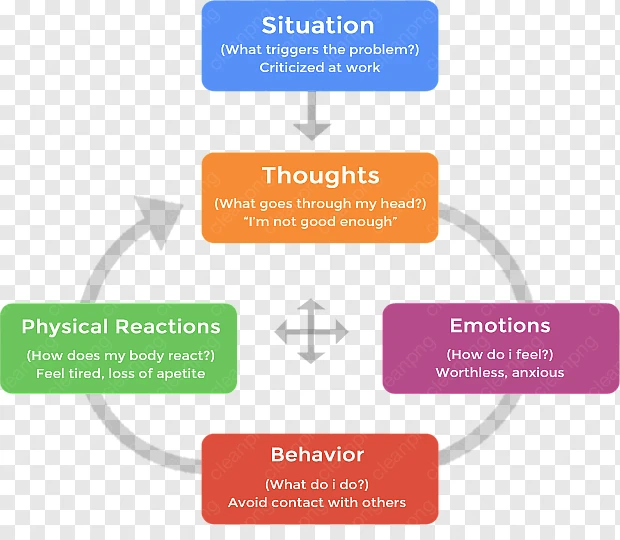 Behavior Therapy, 50, 73–86.
Behavior Therapy, 50, 73–86.
Doss, B. D., Thum, Y. M., Sevier, M., Atkins, D. C., & Christensen, A. (2005). Improving relationships: Mechanisms of change in couple therapy. Journal of Consulting and Clinical Psychology, 73, 624-633.
Gattis, K. S., Simpson, L. E., & Christensen, A. (2008). What about the kids?: Parenting and child adjustment in the context of couple therapy. Journal of Family Psychology, 22, 833-842.
Georgia Salivar, E. J., Roddy, M. K., Nowlan, K. M., & Doss, B. D. (2018). Effectiveness of the OurRelationship program for underserved couples. Couple and Family Psychology: Research and Practice, 7, 212-226.
Georgia Salivar, E.J, Rothman, K., Roddy, M.K., & Doss, B.D. (Online First) Relative cost effectiveness of in-person and internet interventions for relationship distress. Family Process.
Jacobson, N. S., Christensen, A., Prince, S. E., Cordova, J., & Eldridge, K. (2000). Integrative Behavioral Couple Therapy: An acceptance-based, promising new treatment for couple discord. Journal of Consulting and Clinical Psychology, 68(2). 351-355.
Journal of Consulting and Clinical Psychology, 68(2). 351-355.
Marín, R. A., Christensen, A., & Atkins, D. C. (2014). Infidelity and behavioral couple therapy: Relationship outcomes over 5 years following therapy. Couple and Family Psychology: Research and Practice, 3, 1-12.
Nowlan, K. M., Roddy, M. K., & Doss, B. D. (2017). The online OurRelationship program for relationally distressed individuals: A pilot randomized controlled trial. Couple and Family Psychology: Research and Practice, 6, 189-204.
Roddy, M. K., & Doss, B. D. (under review). Relational and psychological mechanisms of change in low income couples’ perceived health.
Roddy, M. K., Knopp, K., Georgia Salivar, E., & Doss, B. D. (under review). Maintenance of relationship and individual functioning gains following online relationship programs for low-income couples.
Roddy, M. K., Nowlan, K. M., Christensen, A., & Doss, B. D. (2016). Integrative behavioral couple therapy: Theoretical background, empirical research, and dissemination.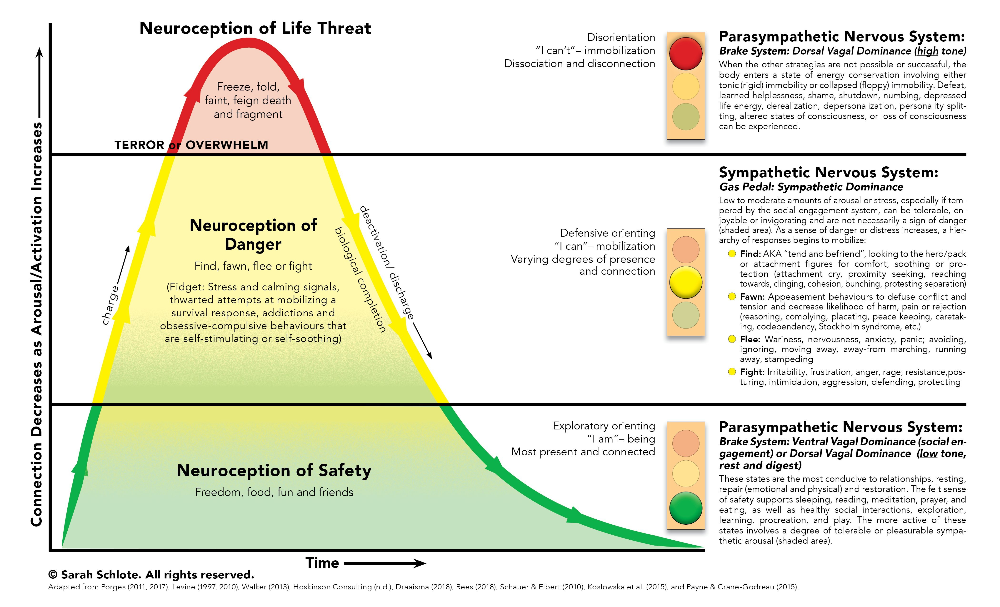 Family Process, 55, 408-422.
Family Process, 55, 408-422.
Roddy, M.K., Nowlan, K. M., & Doss, B. D. (2017). A randomized controlled trial of coach contact during a brief online intervention for distressed couples. Family Process, 56, 835-851.
Roddy, M. K., Rhoades, G. K., & Doss, B. D. (under review). Effects of ePREP and OurRelationship on low-income couples’ mental health and health behaviors: A randomized controlled trial.
Roddy, M. K., Rothman, K., Cicila, L. N., & Doss, B. D. (Online First). Why do couples seek relationship help online? Description and comparison to in-person interventions. Journal of Marital and Family Therapy.
Roddy, M.K., Rothman, K., & Doss, B.D. (2018) A randomized controlled trial of different levels of coach support in an online intervention for relationship distress. Behaviour Research and Therapy, 110, 47-54.
Roddy, M. K., Stamatis, C. A., Rothman, K., & Doss, B. D. (in press). Mechanisms of change in a brief, online relationship intervention. Journal of Family Psychology.
Journal of Family Psychology.
Sevier, M., Atkins, D. H., Doss, B. D., & Christensen, A. (2015). Up and down or down and up? The process of change in constructive couple behavior during traditional and integrative behavioral couple therapy. Journal of Marital and Family Therapy, 41, 113–127.
Sevier, M., Eldridge, K., Jones, J., Doss, B., & Christensen, A. (2008). Observed communication and associations with satisfaction during traditional and integrative behavioral couple therapy. Behavior Therapy, 39, 137-150.
Simpson, L.E., Doss, B.D., Wheeler, J., & Christensen, A. (2007). Relationship violence among couples seeking therapy: Common couple violence or battering? Journal of Marital and Family Therapy, 33, 270-283.
Simpson, L. E., Atkins, D. C., Gattis, K. S., & Christensen, A. (2008). Low-level relationship aggression and couple therapy outcomes. Journal of Family Psychology, 22,102-111.
Wimberly, J. D. (1998). An outcome study of integrative couples therapy delivered in a group format [Doctoral dissertation, University of Montana, 1997]. Dissertation Abstracts International: Section B: The Sciences and Engineering, 58(12), 6832B.
D. (1998). An outcome study of integrative couples therapy delivered in a group format [Doctoral dissertation, University of Montana, 1997]. Dissertation Abstracts International: Section B: The Sciences and Engineering, 58(12), 6832B.
About – IBCT
Integrative Behavioral Couple Therapy (IBCT) is a relatively new approach to couple therapy that was developed by Andrew Christensen, a clinical psychologist and professor at the University of California, Los Angeles (UCLA), and the late Neil S. Jacobson, who was a clinical psychologist and professor at the University of Washington. IBCT has garnered promising scientific support and has been the focus of a major clinical trial on the outcome of couple therapy, sponsored by the National Institute of Mental Health and conducted at UCLA and the University of Washington.Integrative Behavioral Couple Therapy is “integrative” in at least two senses: First, it integrates the twin goals of acceptance and change as positive outcomes for couples in therapy.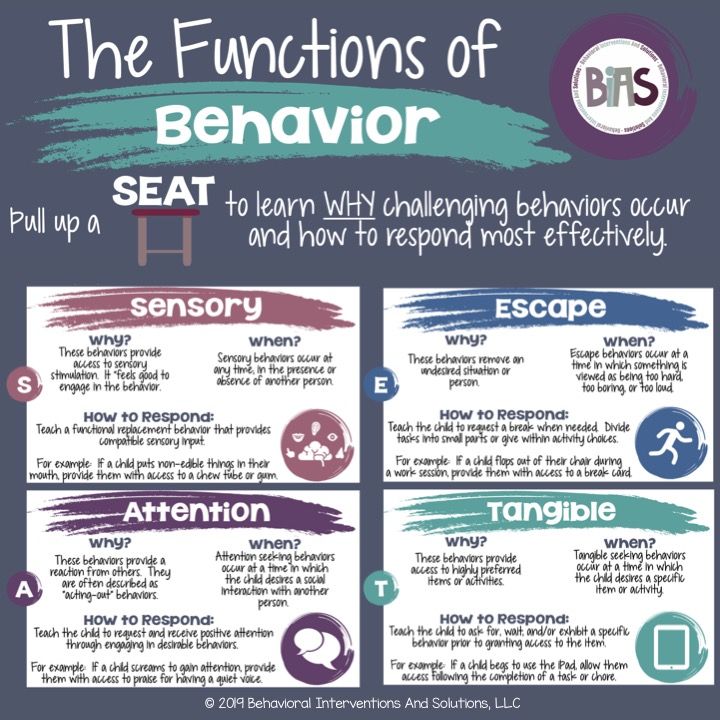 Couples who succeed in therapy usually make some concrete changes to accommodate the needs of the other but they also show greater emotional acceptance of the other. Second, IBCT integrates a variety of treatment strategies under a consistent behavioral theoretical framework.
Couples who succeed in therapy usually make some concrete changes to accommodate the needs of the other but they also show greater emotional acceptance of the other. Second, IBCT integrates a variety of treatment strategies under a consistent behavioral theoretical framework.
IBCT consists of two major phases, an evaluation/feedback phase and an active treatment phase. The first three sessions consist of an evaluation period where the therapist learns about the concerns of the couple. In the first session, the therapist usually sees both partners together, learns what brings the couple to therapy, and obtains a brief history of their relationship. The therapist may suggest couples read a self-help book during treatment that serves as a guideline for IBCT therapy: Reconcilable Differences by Andrew Christensen and Neil S. Jacobson (New York: Guilford Press)*. Also during this first session, the therapist normally gives each partner some questionnaires to complete and bring to their individual sessions, which are the next two sessions.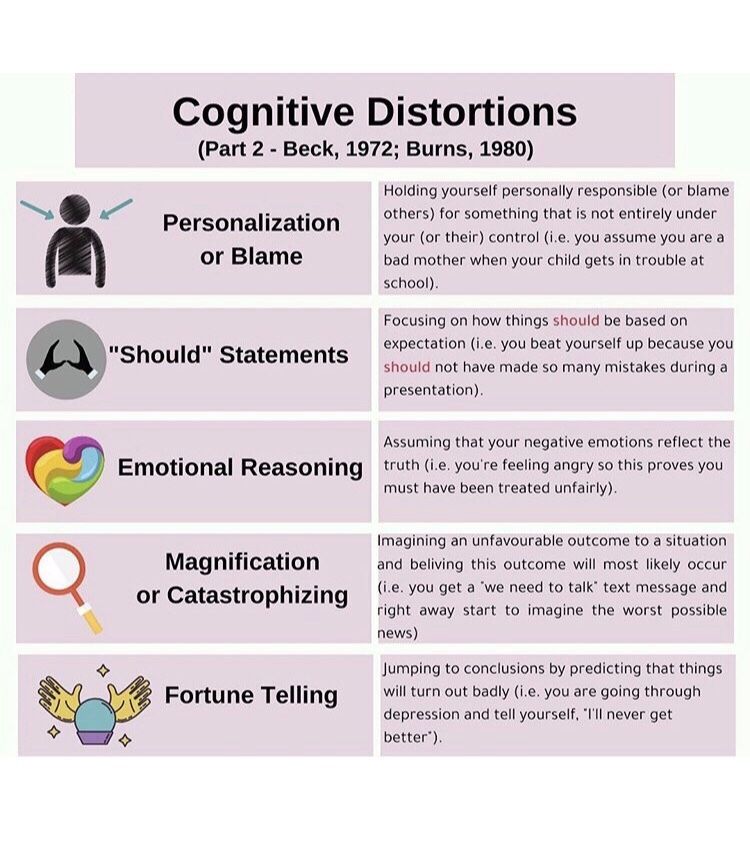 In these individual sessions, the therapist explores each partner’s relationship concerns and individual history. In the fourth session, the therapist sees both partners together for the “feedback session.” The therapist may gather some final information in the beginning of the session, but most of the session is devoted to feedback from the therapist, in which he or she describes the couple’s difficulties and strengths and how therapy will try to assist the couple. A major part of the feedback session is the therapist’s formulation of the couple’s problems, a conceptualization of the major themes in the couple’s struggles, the understandable reasons why the couple has these struggles, how their efforts to resolve the struggles so often fail, and how therapy can help. The couple actively participates in this feedback, giving their reactions, adding information, and correcting the therapist’s impressions as needed.
In these individual sessions, the therapist explores each partner’s relationship concerns and individual history. In the fourth session, the therapist sees both partners together for the “feedback session.” The therapist may gather some final information in the beginning of the session, but most of the session is devoted to feedback from the therapist, in which he or she describes the couple’s difficulties and strengths and how therapy will try to assist the couple. A major part of the feedback session is the therapist’s formulation of the couple’s problems, a conceptualization of the major themes in the couple’s struggles, the understandable reasons why the couple has these struggles, how their efforts to resolve the struggles so often fail, and how therapy can help. The couple actively participates in this feedback, giving their reactions, adding information, and correcting the therapist’s impressions as needed.
After the feedback session, the couple can make an informed decision about whether the therapist and treatment seem right for them.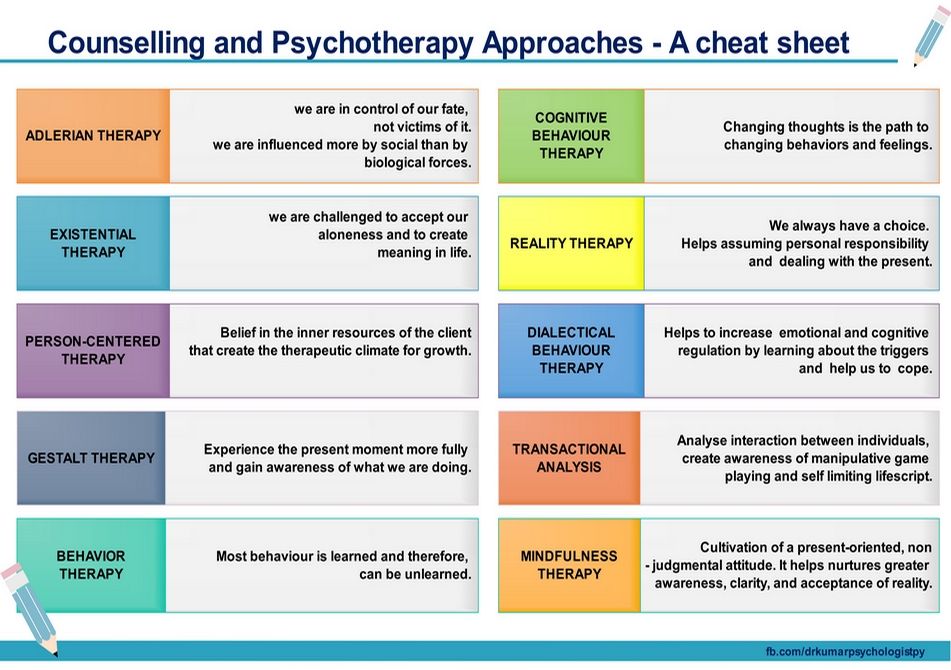 Assuming they decide positively, then the active phase of treatment begins. Sessions at this point are almost always done jointly, with both members of the couple and the therapist. The focus is often on important recent incidents, positive or negative, that reflect their major theme or themes. For example, if a major theme concerned partners’ difficulties in achieving emotional intimacy, the couple might discuss a recent incident in which they were able to achieve a sense of closeness with each other or an incident in which one or both reached out to the other but felt rebuffed. Similarly, if a major theme involved frequent struggles over decision-making, they might discuss a recent incident where they were able to reach agreement on a matter or an incident where they got into a negative, escalating conflict about an issue on which they disagreed. Upcoming incidents related to a couple’s theme, such as a difficult, upcoming decision that the couple must make, and broader issues related to a couple’s theme, such as how partners in a couple who struggles to achieve emotional intimacy react when their feelings are hurt, are also a focus of discussion.
Assuming they decide positively, then the active phase of treatment begins. Sessions at this point are almost always done jointly, with both members of the couple and the therapist. The focus is often on important recent incidents, positive or negative, that reflect their major theme or themes. For example, if a major theme concerned partners’ difficulties in achieving emotional intimacy, the couple might discuss a recent incident in which they were able to achieve a sense of closeness with each other or an incident in which one or both reached out to the other but felt rebuffed. Similarly, if a major theme involved frequent struggles over decision-making, they might discuss a recent incident where they were able to reach agreement on a matter or an incident where they got into a negative, escalating conflict about an issue on which they disagreed. Upcoming incidents related to a couple’s theme, such as a difficult, upcoming decision that the couple must make, and broader issues related to a couple’s theme, such as how partners in a couple who struggles to achieve emotional intimacy react when their feelings are hurt, are also a focus of discussion.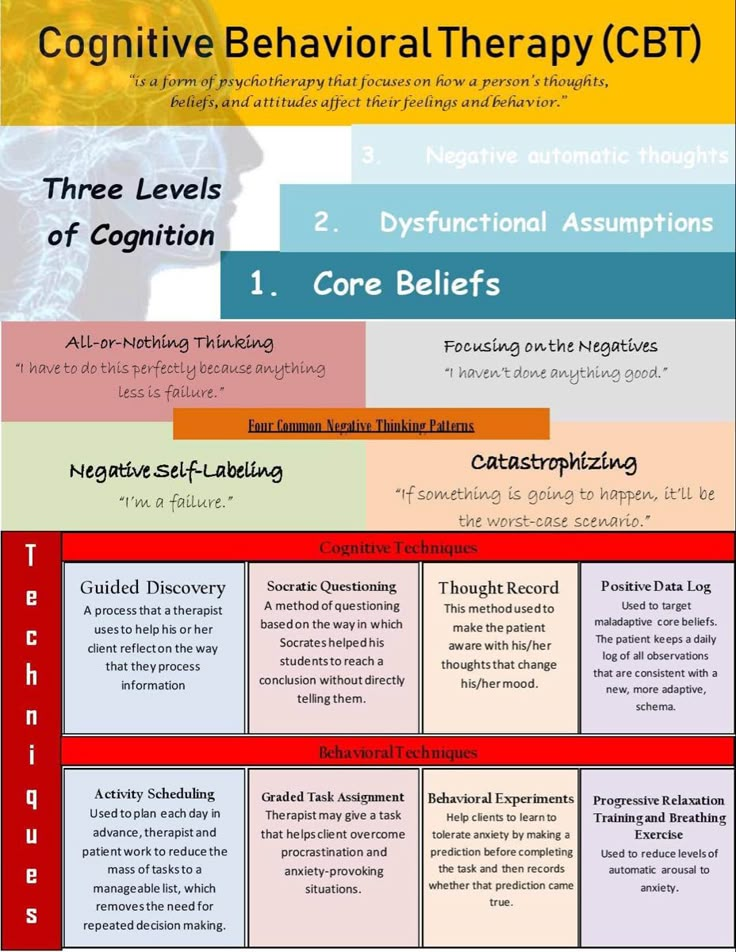 In these discussions, the therapist is often quite active, helping the partners communicate more openly, directly, and clearly, helping them identify the patterns that get them stuck, and assisting them in finding alternative ways of interacting.
In these discussions, the therapist is often quite active, helping the partners communicate more openly, directly, and clearly, helping them identify the patterns that get them stuck, and assisting them in finding alternative ways of interacting.
The standard protocol for IBCT therapy is described in a treatment manual written for therapists: Integrative Behavioral Couple Therapy: A Therapist’s Guide to Creating Acceptance and Change by Andrew Christensen, Brian Doss, and Neil S. Jacobson (New York: Norton). This standard protocol has been used in research on IBCT and includes 4 sessions for the assessment/feedback phase and an additional 20-22 sessions of active treatment. Typically sessions are conducted every week and last just short of an hour. Toward the end of therapy, sessions are often spaced more widely (e.g., every other week or longer). Thus, the typical course of therapy lasts between 6 and 12 months. The latest research on IBCT suggests that among couples chosen for therapy because they had serious and chronic distress, over two thirds of couples remain together and show significant clinical improvement at the end of therapy as well as two years after the end of therapy.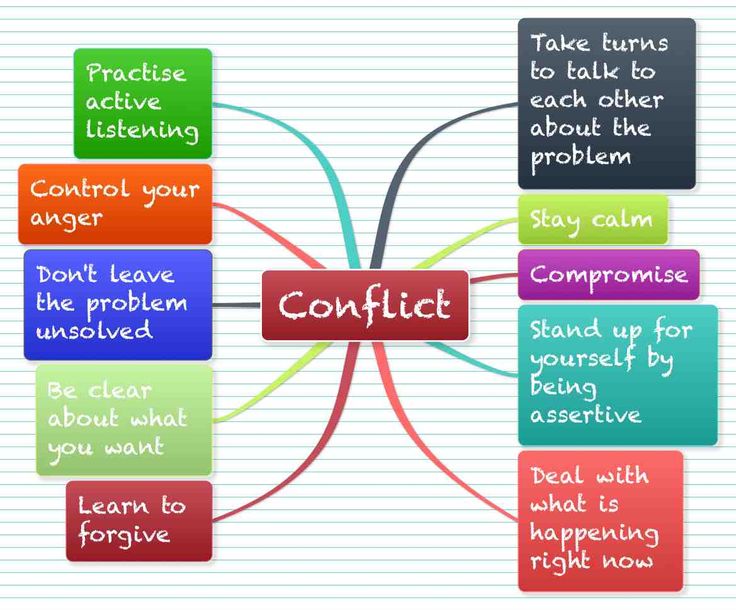 Information about this research and other research documenting the effectiveness of Integrative Behavioral Couple Therapy can be found on the resources page.
Information about this research and other research documenting the effectiveness of Integrative Behavioral Couple Therapy can be found on the resources page.
With support from federal grants, Brian Doss of the University of Miami and Andrew Christensen of UCLA adapted IBCT to an online program for couples, called OurRelationship. Each partner works individually as well as together through the program. A nationwide clinical trial showed that the program has a significant positive impact on the individual partners and their relationship.
Books on Schema Therapy
Books on Schema Therapy
We have collected Schema Therapist books that we would like to share with you:
-
Books on Schema Therapy
for Specialists -
Popular Science Books for General
self-development
Books on schema therapy for specialists
These books are intended primarily for professional psychotherapists and psychologists, psychiatrists, as well as students of psychological faculties and medical universities
Manual of Schema Therapy: Theory, Research and Practice (2022)
Schema Therapy: Distinctions (2021)
The Practice of Schema Therapy: An Inside View (2021)
Schema Therapy: A Practical Guide (2020)
Schema Therapy Clinical Guide (2020)
Schema Therapy Practice Guide (2016)
Schema Therapy Empathic Confrontation.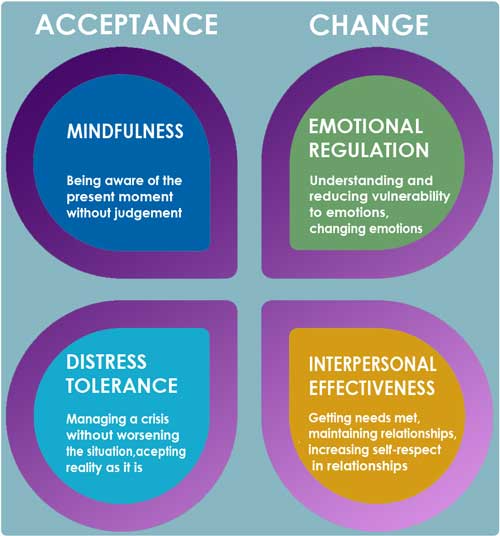 With Working Papers
With Working Papers
(2022)
Basic Guidelines for Schema Therapy
Theory and Practice, Research, Distinctions, and Tools for Self-Reflection
Manual of Schema Therapy: Theory, Research, and Practice (2022)
Editors — Michiel van Vrieswijk, Jenny Broesen, Marjon Nadort
The book is a major work in the field schema therapy, prepared by the joint efforts of world leaders in this area. The guide includes seven major sections, consisting of several thematic chapters:
- The first section describes the history of the development of schema therapy and the main theoretical concepts of the method.
- The second part deals with issues related to the processes that occur at various stages of schema therapy, such as diagnosis and evaluation, building conceptualization, accurate and timely application of interventions.
- The third section is entirely devoted to the use of schema therapy-specific techniques and interventions, as well as the description of techniques and protocols from other areas (mindfulness, acceptance and responsibility therapy).
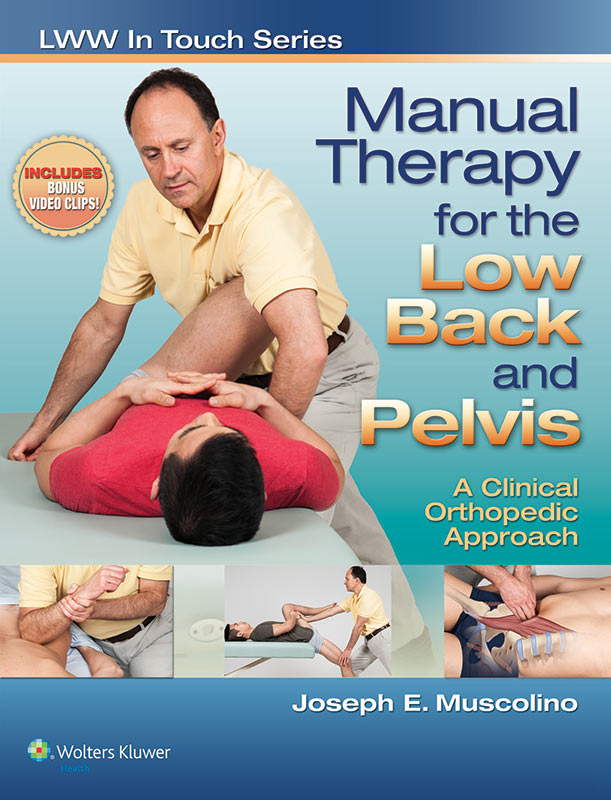 nine0011
nine0011 - The fourth section contains chapters that describe the specifics of the use of schema therapy in various institutions (outpatient, hospital formats, day hospital, forensic psychiatric institutions), in various forms (group schema therapy, couples schema therapy, schema therapy children and adolescents), in various treatment durations (long-term and short-term protocols), in integration with various methods (cognitive-behavioral therapy, psychodynamic therapy) and in various clinical populations. nine0011
- The fifth section describes the processes of learning, supervision, development of self-reflection and self-care skills.
- The sixth section is devoted to the scientific part and description of research strategies in the field of schema therapy.
- The final seventh section describes the experience of integrating schema therapy into health care systems in various countries.
Buy the book
| To the list of books |
Schema therapy: distinctive features (2021)
By Eshkol Rafaeli, David F.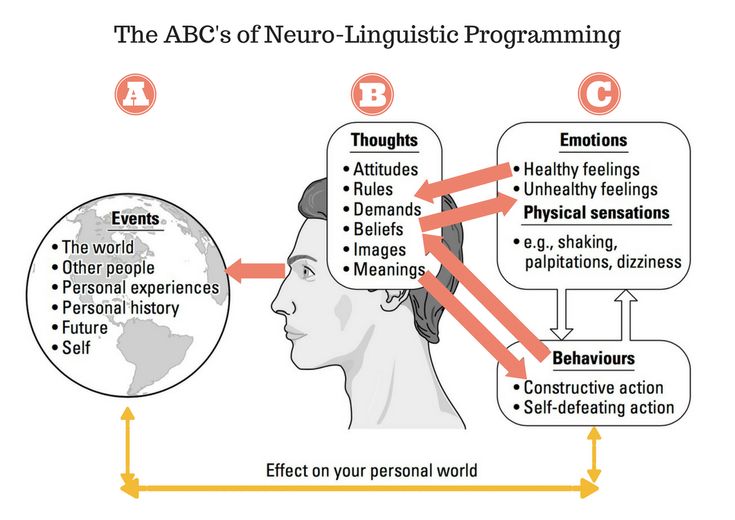 Bernstein, Jeffrey Young
Bernstein, Jeffrey Young
This book is a useful resource for clinical psychologists, psychotherapists, psychopathologists, and psychiatrists.
Schema Therapy combines well established CBT techniques with elements of interpersonal, experiential and psychodynamic therapies. It proceeds from the fact that many negative cognitive states are rooted in a person's past experience, and offers models to counteract and modify negative thoughts and actions. nine0003
The book consists of two parts - theoretical and practical provisions, and can serve as a brief introduction to schema therapy for specialists who are not familiar with this technique. Readers familiar with the technique of schema therapy will find here a discussion of 30 distinguishing features of schema therapy from other forms of cognitive behavioral therapy.
Buy the book
| To the list of books |
The practice of schema therapy: an inside look (2021)
Workbook for therapists with tasks for independent work and self-reflection
Authors — Farrell J.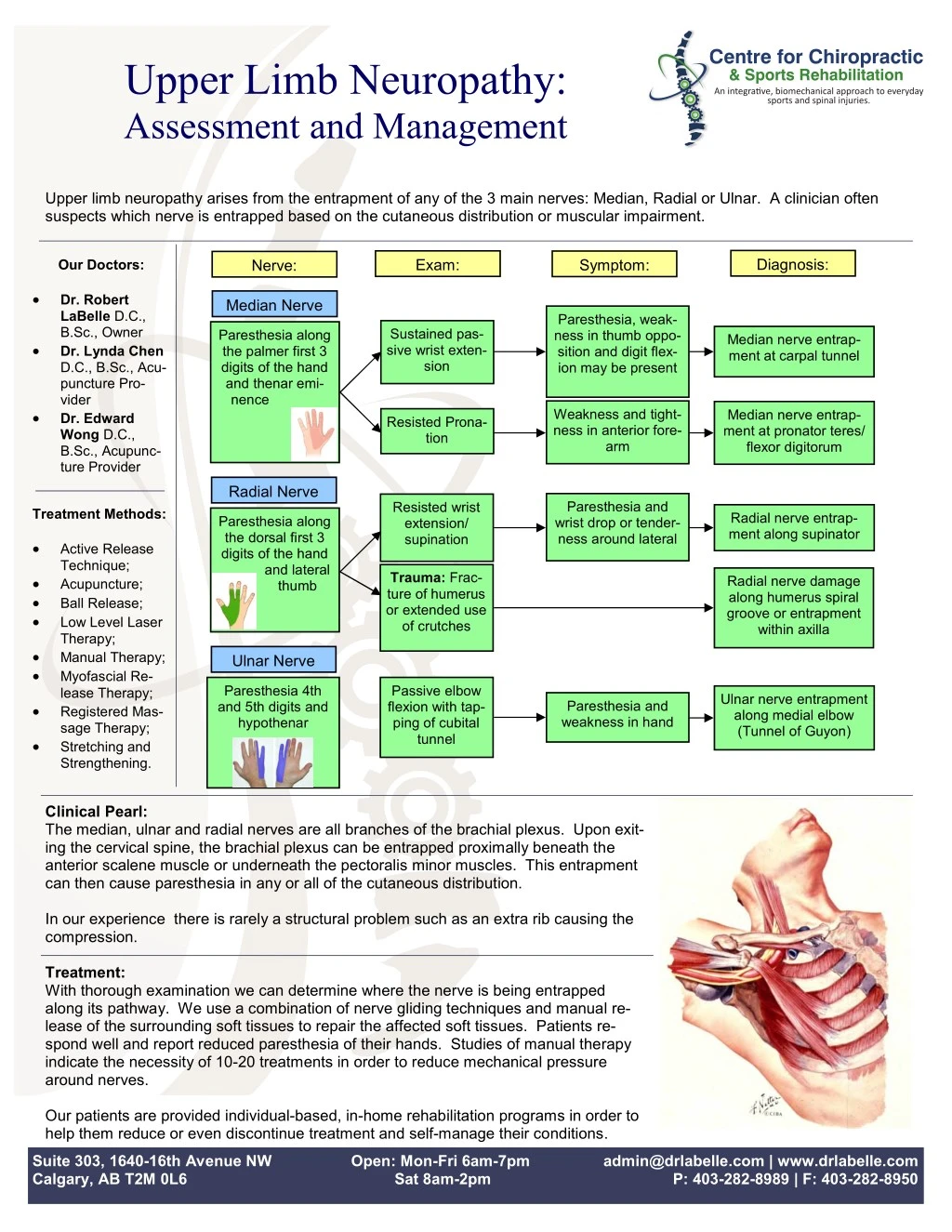 M., Shaw I.A.
M., Shaw I.A.
Guide for psychotherapists with tasks for independent work and self-reflection.
This unique resource helps therapists improve their skills in schema therapy by trying schema therapy methods on themselves and reflecting on the experiences. Designed for use by individuals and groups alike, this book uses a wealth of opportunities for self-testing and self-reflection, a training strategy based on visibility. The book is illustrated with examples from therapeutic practice and is provided with numerous worksheets and forms for performing exercises. nine0003
Schema therapy, a form of psychotherapy developed by Dr. Jeffrey Young for the treatment of personality disorders, is gaining more and more supporters as it is highly effective in treating conditions such as anxiety disorders (panic, generalized, social), obsessive-compulsive disorder disorder, borderline personality disorder, narcissistic disorder, post-traumatic disorder, depression, etc. Schema therapy is widely used in both individual and family therapy.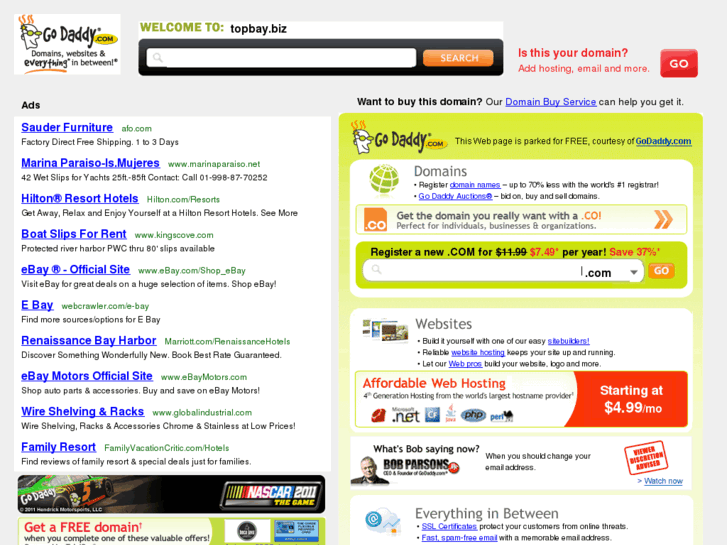 nine0003
nine0003
You will find handouts in free access on the website of the Nauchny Mir publishing house.
Buy a book
| for the list of books |
Practical manual for scheme-therapy (2016)
Methods of working with dysfunctional regimes in personality disorders
Authors-Arnud Arntz, diode Jacob
schema therapy is a universal guide for psychotherapists who are new to this approach and would like to successfully apply it in their clinical practice. nine0003
Benefits of this publication:
- introduces a modern concept of schema-modes that makes it easy to conceptualize clinical cases and effectively apply emotion-focused therapy techniques;
- demonstrates the use of schema therapy in the treatment of not only borderline personality disorder, but also other personality disorders and Axis I disorders such as OCD, anxiety and depression;
- The leading role of the authors of the manual in the development of the schema approach and the creation of a therapeutic model of schema modes is recognized throughout the world.
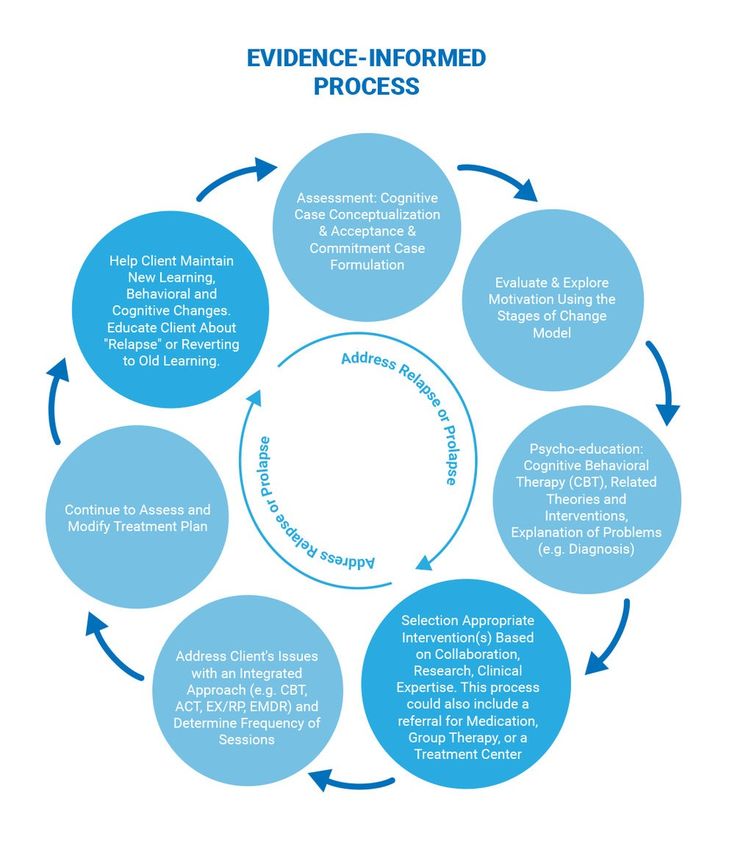 nine0011
nine0011
Buy the book
Empathic confrontation in schema therapy
(2022)
With working materials
Authors Rice Nehle, Vogel Fredericke
Schema therapy is a modification of CBT and is of increasing interest to CBT therapists patients. The authors show that empathic confrontation is one of the schema-therapeutic techniques that are far from being fully described in the literature and analyzed in detail in this book. nine0009 After a short introduction to schema therapy, maladaptive coping regimens are described, each of which has its own chapter. Then an example of a case with this mode is given. Further, the features of empathic confrontation with the corresponding regime are highlighted point by point, and, finally, the pitfalls that can be encountered when implementing the described steps are analyzed. Each chapter contains working materials for use in the process of empathic confrontation with different coping modes. nine0009 In addition, there is a chapter on empathic confrontation in group work, a new and exciting trend in recent years that could make schema therapy accessible to more people.
nine0009 In addition, there is a chapter on empathic confrontation in group work, a new and exciting trend in recent years that could make schema therapy accessible to more people.
Specific examples from individual and group work are described; there are a number of typical scenarios for particularly difficult situations that we encounter in our therapeutic practice.
Buy a book
| To the list of books |
Schema therapy practice
Personality disorder work, work with children and adolescents, couples schema therapy
Borderline personality disorder schema therapy (2021)
Schema therapy in the treatment of eating disorders. Theory and Practice in Individual and Group Format (2022)
Schema Therapy for Children and Adolescents
(2021)
Schema Therapy for Couples (2017)
Schema Therapy for Borderline Personality Disorder (2021)
By Arno Arntz, Hannie van Genderen
A guide to using schema therapy to reduce symptoms of BPD and bring about lasting change in the client's personality.
This book describes a relatively new form of therapy for BPD, Schema Therapy. Schema therapy emphasizes the emotional processing of traumatic experiences and the use of the therapeutic relationship to bring about positive change. This book details schema therapy in the treatment of BPD, the goals and phases of this therapy, treatment planning, cognitive and behavioral techniques, specific techniques appropriate for each schema mode, disruption of behavioral patterns, termination of therapy, and much more. friend. Numerous scientific studies and clinical trials have shown that schema therapy (ST), based on cognitive behavioral therapy and techniques derived from experiential therapies, can provide a significant improvement in the condition and quality of life of clients suffering from BPD. nine0003
Buy a book
| for the list of books |
Scheme therapy in the treatment of food disorders (2022)
Theory and practice in individual and group format
Authors - Susan Symnis, Evelyn Smopson 9000
The evidence base for the effectiveness of regimen therapy for the treatment of ED is constantly increasing. Written by an international team of leading Schema Therapists, this book is a practical guide to the application of a new direction in the treatment of complex clinical cases of eating disorders, established or persistent eating disorders, or patients who do not respond to first choice treatments. This book is based entirely on the clinical knowledge and research experience of the authors. nine0003
Written by an international team of leading Schema Therapists, this book is a practical guide to the application of a new direction in the treatment of complex clinical cases of eating disorders, established or persistent eating disorders, or patients who do not respond to first choice treatments. This book is based entirely on the clinical knowledge and research experience of the authors. nine0003
Schema therapy can provide effective, well-timed treatment within resource-limited health services. This book is an essential guide for the therapist in dealing with eating disorders by reducing self-destructive life patterns while strengthening healthy coping and self-compassion skills.
Patients who do not respond to standard treatments for eating disorders may experience some limitations. Schema therapy is one exciting new direction in the treatment of such clinical cases, as it offers a really needed model for bringing together developmental factors as well as deeper personality factors.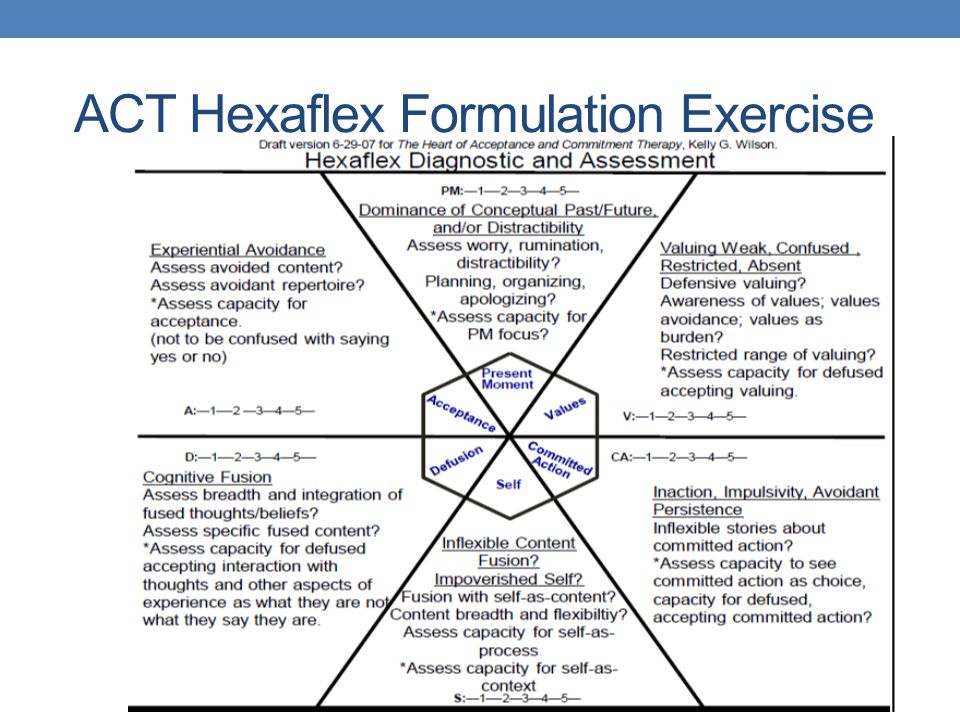 This book, the first of its kind, helps clinicians apply schematic models to patients with established or persistent eating disorders and encourages further clinical research into this treatment approach. nine0009 Innovative and accessible materials will be an invaluable resource for clinicians in the field of eating disorders.
This book, the first of its kind, helps clinicians apply schematic models to patients with established or persistent eating disorders and encourages further clinical research into this treatment approach. nine0009 Innovative and accessible materials will be an invaluable resource for clinicians in the field of eating disorders.
Buy a book
| for the list of books |
Scheme therapy for children and adolescents
(2021)
Practical Guide
Authors - Kristof, Graoaf Peter, Gerhard Tankbark, Holte Rut A.
Schema therapy for children and adolescents, in addition to general aspects such as dealing with early dysfunctional schemas, basic emotional needs and regimens, also includes a specific approach to the therapeutic relationship. The book details the basic principles, theories and models of schema therapy in the context of personality development from infancy to adolescence.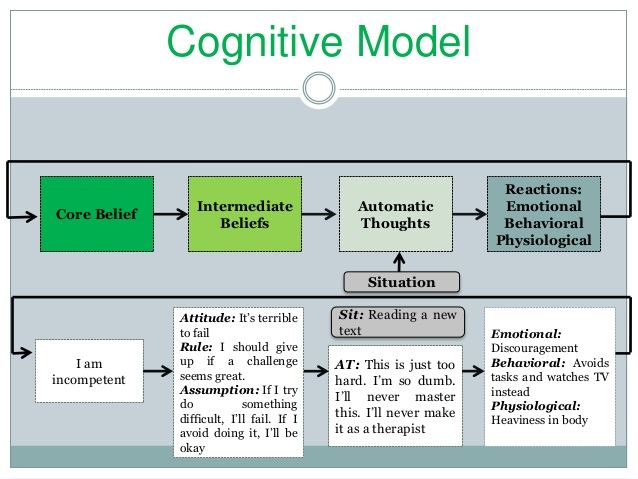 The authors have created a clear practical guide for the clinical application of modern therapeutic techniques. nine0003
The authors have created a clear practical guide for the clinical application of modern therapeutic techniques. nine0003
Schema therapy is a modern integrative model of psychotherapy created as a modification of cognitive behavioral therapy. This book is the first guide to adapting schema therapy to the needs of children and adolescents. Written by the pioneers of the approach, the book presents a wide range of innovative techniques focused on children and their parents, with detailed descriptions of their application at five key stages of development from infancy to adolescence.
Buy book
| to the list of books |
Scheme-therapy of married couples (2017)
Practical manual for healing relations
Authors-Chiara Simeona-Difranscho, Echard Rediger, Bruce A. Stepens
Scheme-therapy schemes-therapy stupery couples is an excellent primer on both marital therapy and the increasingly popular method of schema therapy. The authors adapt the idea of subpersonality modes to analyze the cycles of marital interactions. The book develops a very clear conceptualization of the case - a map of marital conflict. Thanks to this map, dead ends and places where the couple gets stuck become obvious. nine0003
The authors adapt the idea of subpersonality modes to analyze the cycles of marital interactions. The book develops a very clear conceptualization of the case - a map of marital conflict. Thanks to this map, dead ends and places where the couple gets stuck become obvious. nine0003
The book also deals with adultery, violence and divorce. A classification of adultery is given and how this topic can be related to early childhood maladaptive schemes is shown. Ideas about forgiveness and reconciliation in a couple are discussed.
The book provides concrete steps in working with partners, and the authors trace the work with spouses from the first meeting to the end of therapy. It presents a huge number of techniques and recommendations for a couples therapist. nine0003
Acquire the book
| for the list of books |
Practice of scheme-therapy:
Integration with other methods
Contextual scheme therapy (2021)
Caliness and scheme-therapy (2021)
Creative Creative Methods
in Schema Therapy (2021)
The Empty Chair Technique as a Mechanism for Change (2021)
Contextual Schema Therapy (2021)
An Integrative Approach to Personality Disorders, Interpersonal Relationships and Emotional Regulation
Authors - Eckhard Roediger, Bruce Stevens, Robert Brockman
The book presents an original attempt to theoretically comprehend the foundations of J.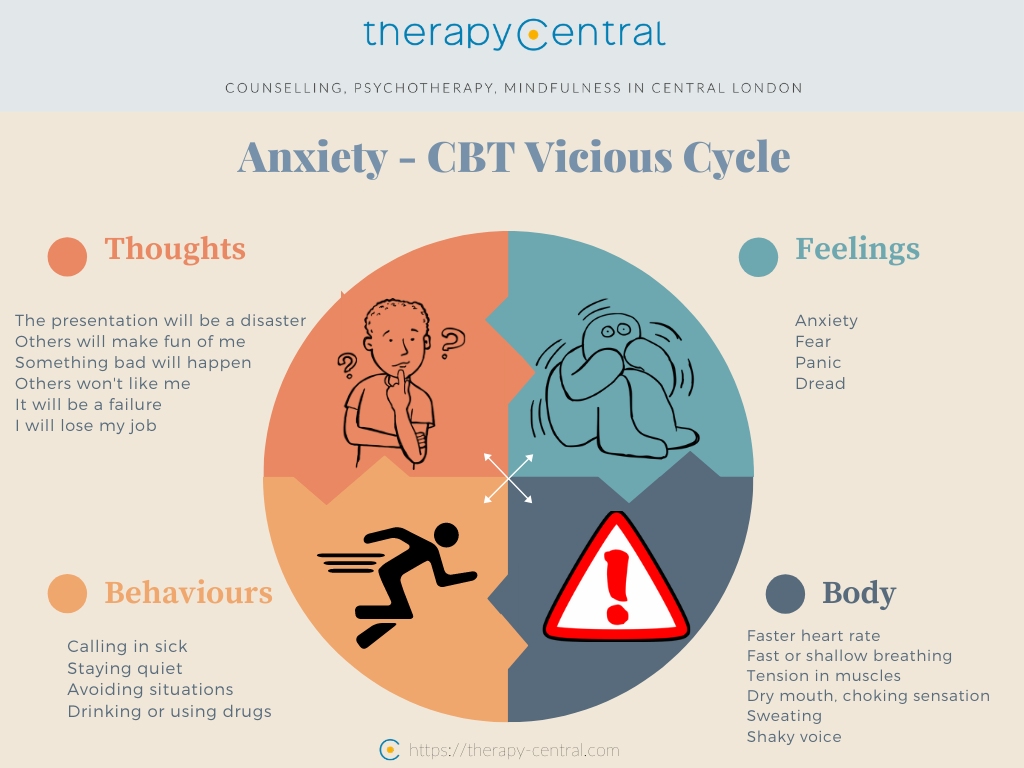 Young's schema therapy based on integration with other modern areas of psychotherapy, called the "third wave" and related to the contextual paradigm of understanding and treating mental disorders. A significant part of the book is devoted to practical recommendations for the use of experiential techniques in the process of schema therapy.
Young's schema therapy based on integration with other modern areas of psychotherapy, called the "third wave" and related to the contextual paradigm of understanding and treating mental disorders. A significant part of the book is devoted to practical recommendations for the use of experiential techniques in the process of schema therapy.
Of particular value are detailed examples of working with difficult cases in the treatment of personality disorders. It is intended for psychotherapists-practitioners and practical psychologists with a clinical focus.
Buy the book
| To the list of books |
Mindfulness and schema therapy (2021)
Practical guide. Modern psychotherapy.
Contributors - Michiel van Vrieswijk, Jenny Broersen, Ger Schurink
The book is an example of elegant integration into a single protocol of two evidence-based approaches - Mindfulness-Based Cognitive Therapy (MBCT) and Schema Therapy.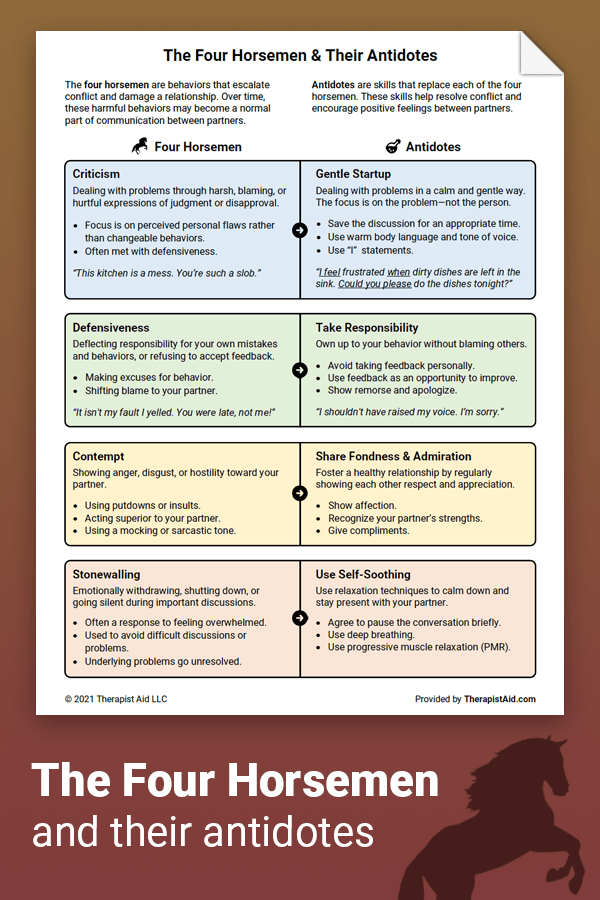
The described protocol allows to purposefully solve the problems of increasing awareness in relation to schemas, modes and their influence on thoughts, feelings, bodily manifestations and behavior in patients undergoing schema therapy. It includes 10 sessions and can be conducted both in a group and individual format. nine0003
This manual is a practical tool that consists of three important sections: 1) the theory behind the effectiveness and principles of schema therapy and mindfulness programs, 2) a practical guide for practitioners, and 3) a workbook for the client. It allows not only to develop professional competencies and expand the therapeutic arsenal, but also to strengthen personal awareness.
Buy a book
| To the list of books |
Creative Techniques in Schema Therapy (2021)
Leading Edge and Innovation in Clinical Practice
Edited by Gillian Heath and Helen Startup
This book brings together under one cover the work of some of today's brightest specialists in the field of schema therapy and brings readers a wide range of classical and innovative approaches and techniques that have enriched schema therapy from its inception to the present day.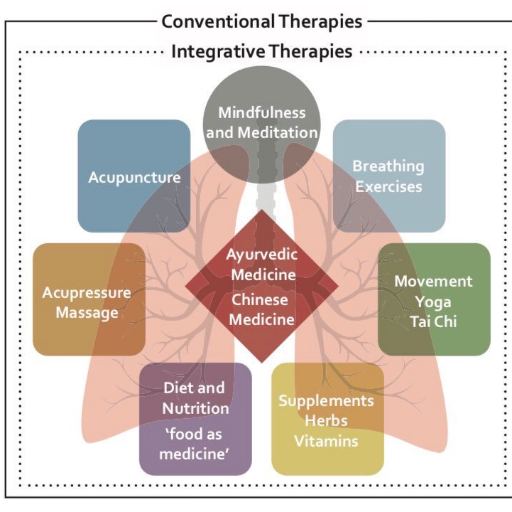 Data from randomized controlled trials are presented and three phases of the formation of schema therapy as an integrative approach are described, assimilating new ideas and techniques from other areas and embedding them into its basic structure. nine0003
Data from randomized controlled trials are presented and three phases of the formation of schema therapy as an integrative approach are described, assimilating new ideas and techniques from other areas and embedding them into its basic structure. nine0003
The relevant sections provide detailed descriptions of the procedure for clinical diagnosis and case conceptualization, imagination and chair work techniques, strategies for building therapeutic relationships and empathic confrontation, strategies for developing a healthy adult part of clients, and the process of completing psychotherapy. work. Clear and consistent recommendations and an abundance of clinical examples allow you to immediately test and apply the knowledge gained in practice. nine0003
Buy a book
| for the list of books |
Empty stool techniques as a change in changes
(2021)
Psychotherapeutic dialogs in clinical practice
Authors - Scott Kellogg
empty chair" as a mechanism for personal change with the help of psychotherapeutic dialogues - a method that combines art and science. The author reviews the history of the method and gives practical recommendations for its effective application to solve various clinical problems. The Empty Chair Technique by Dr. Moreno in 1950s and finalized by Dr. Perls in the 1960s, today it is adopted by psychotherapists - representatives of the cognitive, behavioral, existential, Jungian, experiential, psychodynamic and integrative approaches. The book introduces clinicians to the basic methods of dialogue and helps organize therapeutic confrontations and dramatizations. The "empty chair" technique is used for dialogues both with others and with oneself. The book is intended for psychologists, psychotherapists, professional consultants, as well as for a wide range of readers interested in modern trends in psychology. nineOl000 (2022)
The author reviews the history of the method and gives practical recommendations for its effective application to solve various clinical problems. The Empty Chair Technique by Dr. Moreno in 1950s and finalized by Dr. Perls in the 1960s, today it is adopted by psychotherapists - representatives of the cognitive, behavioral, existential, Jungian, experiential, psychodynamic and integrative approaches. The book introduces clinicians to the basic methods of dialogue and helps organize therapeutic confrontations and dramatizations. The "empty chair" technique is used for dialogues both with others and with oneself. The book is intended for psychologists, psychotherapists, professional consultants, as well as for a wide range of readers interested in modern trends in psychology. nineOl000 (2022)
Do not step on the same rake (2022)
Destroying negative thinking patterns (2019)
Get out of the vicious circle! (2018)
Good Enough Education (2018)
Disarm the Narcissist (2013)
A Guide to Happy Love (2022)
Eliminate Wrong Behaviors and Build Perfect Relationships
By Gitta Jakob, Alexandra Widmer Do You Know Failure in Love
When, looking back, you see emptiness, unfulfilled desires and futile passions.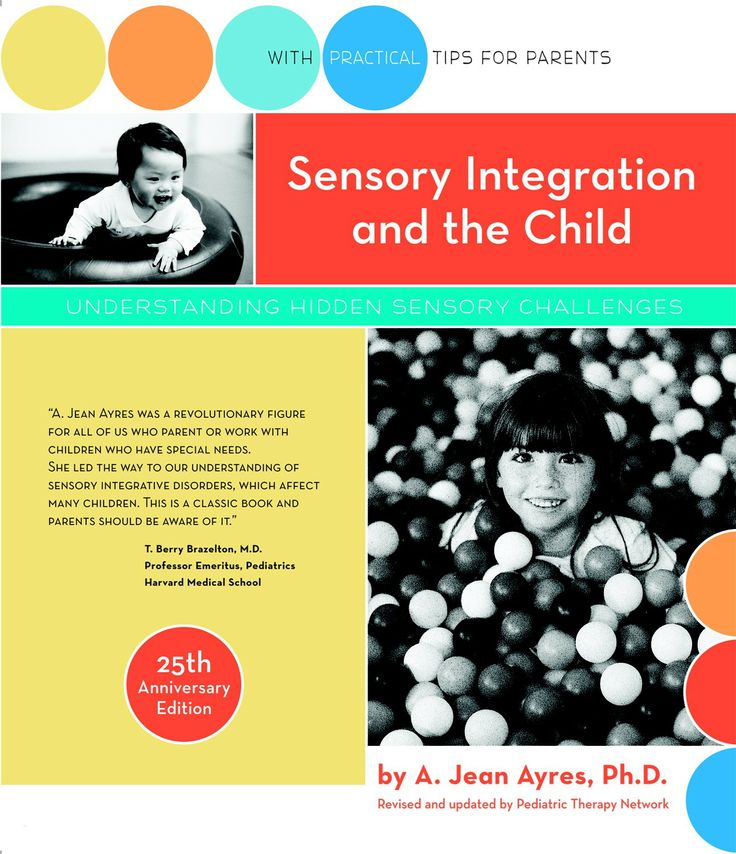 Or when you are not satisfied with today's relationship and you don't know how to change it for the better. Or maybe you visit a dating site again and again, but suddenly you stop understanding what you are really looking for. If you are nodding your head while reading this, then The Guide to Happy Love is written for you! nine0009 This book will help you:
Or when you are not satisfied with today's relationship and you don't know how to change it for the better. Or maybe you visit a dating site again and again, but suddenly you stop understanding what you are really looking for. If you are nodding your head while reading this, then The Guide to Happy Love is written for you! nine0009 This book will help you:
- better understand yourself by defining your type in relationships;
- find out which partner suits you best;
- identify and change erroneous behavior patterns;
- maintain mutual understanding;
- notice in time that something has gone wrong and part with a dummy partner.
With the help of schema therapy, the authors will save you from the chaos in relationships and give you a chance for happy love. If you want to bypass theory, you can turn to the easily recognizable stories of three heroines - Ellie, Leonora and Sarah. Through their mistakes, fears and hardships, the authors will show you the path to harmony.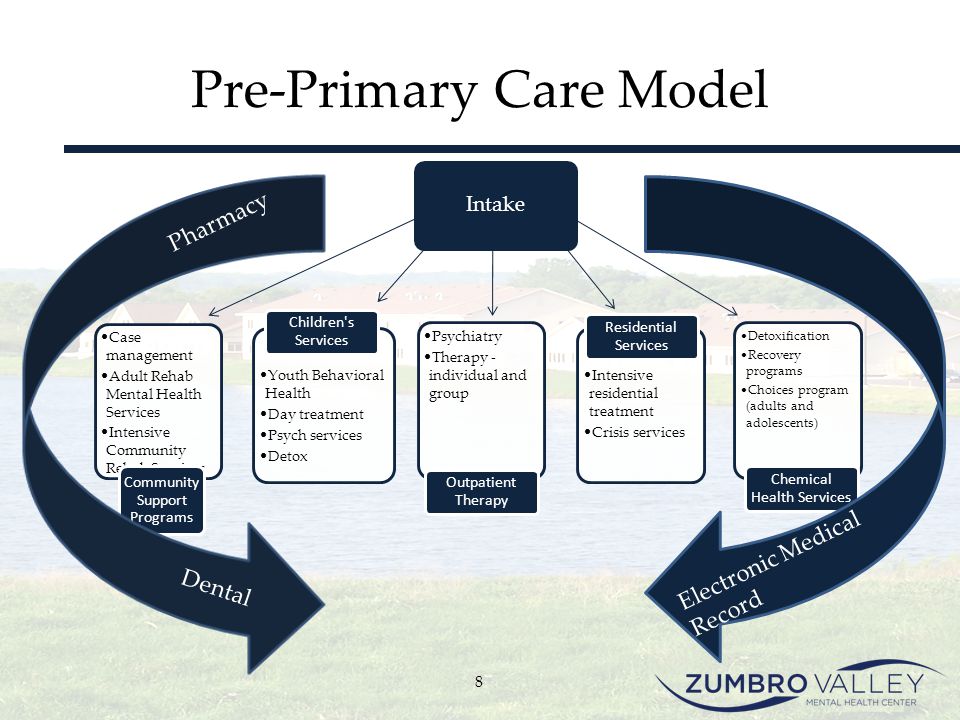 At the end of each story, you will find conclusions, tests and exercises. They will help you better position yourself in relationships in order to finally create the perfect ones. nine0003
At the end of each story, you will find conclusions, tests and exercises. They will help you better position yourself in relationships in order to finally create the perfect ones. nine0003
Buy the book
Don't step on the same rake (2022)
Understand your inner child, change your behavior patterns
By Gitta Jakob
we step on the same rake. We just behave as if by habit, completely automatically, even if we only make things worse for ourselves. Why does it seem almost impossible for us to give up "rake dancing"? The answer to this question is partly hidden in our past, in childhood and youth. nine0009 If you are stuck in thought patterns and behavior patterns that harm you, don't despair. The reliable methods of schema therapy offered in this book will help you to know yourself and stop making the same mistakes. You will get to know the elements of your personality that manifest themselves in different situations.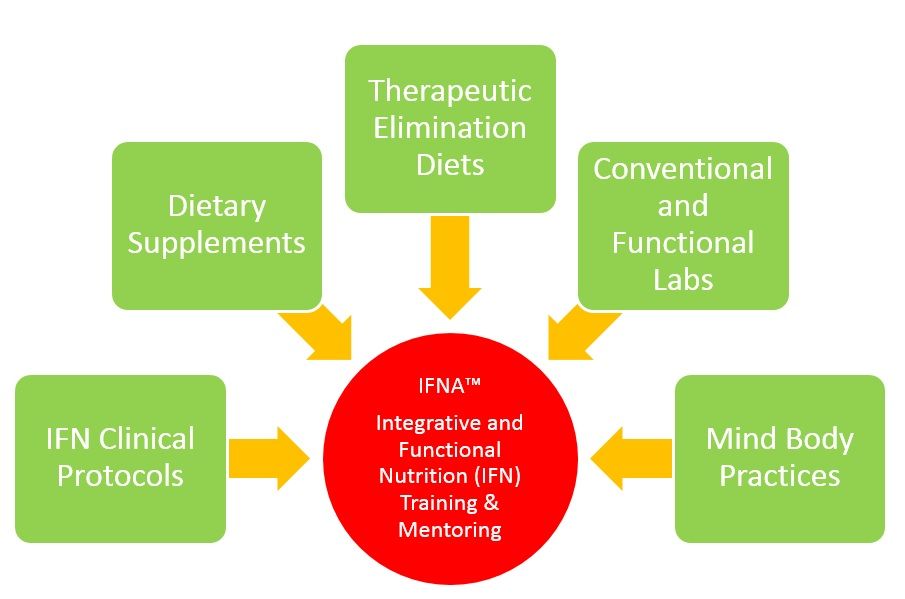 Sometimes the inner Child is capricious, other times the inner Judge takes the floor, but it’s best when the adult Self takes the helm. Depending on who takes control, our expectations, perception and response to the situation change. nine0009 The author offers tests, tools, and exercises to help you better understand yourself and open up. You will learn how to correctly distribute roles between parts of your personality and find yourself on the path to an easier and happier life.
Sometimes the inner Child is capricious, other times the inner Judge takes the floor, but it’s best when the adult Self takes the helm. Depending on who takes control, our expectations, perception and response to the situation change. nine0009 The author offers tests, tools, and exercises to help you better understand yourself and open up. You will learn how to correctly distribute roles between parts of your personality and find yourself on the path to an easier and happier life.
Buy a book
| Return to the list |
Destruction of negative thinking patterns (2019)
Self-help and support in the diagram-therapy
Authors-Hitta Gitta Genter, Laura Sibauer
This book is a practical guide to the study of the multiple nature of the human psyche, it may be of interest both to a wide range of readers who are simply interested in psychology, schema therapy and want to better understand themselves, and to psychologists, psychiatrists, psychotherapists, students of psychological departments and medical universities.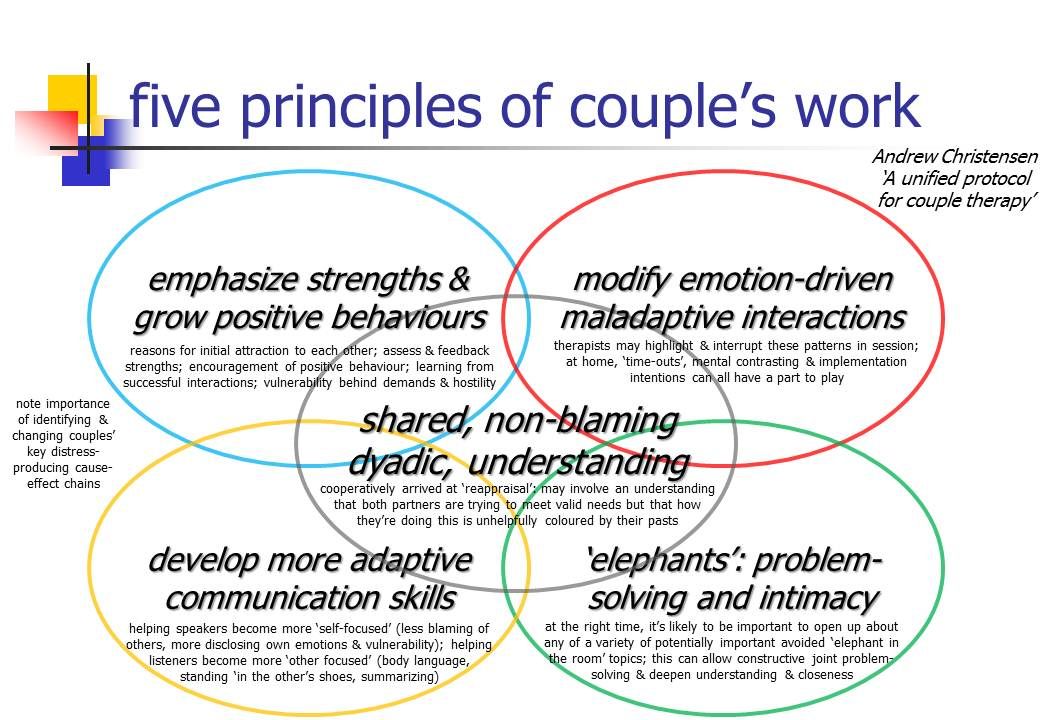 The key to this book is to provide the reader with a self-help guide that will teach them how to deal with emotionally difficult situations in the best possible way. It is also a great book to work with a therapist in schema therapy. nine0003
The key to this book is to provide the reader with a self-help guide that will teach them how to deal with emotionally difficult situations in the best possible way. It is also a great book to work with a therapist in schema therapy. nine0003
“This book is amazingly clear about the essence of schema therapy. The book is perfect for anyone who wants to understand how dysfunctional patterns in thinking, emotions, and behavior work, and how to change them. In Germany and the Netherlands, this book has already become a bestseller and a guide for many people. What a blessing that now it has also appeared in English” (Professor of Clinical Psychology, University of Amsterdam, the Netherlands).
Buy book
| Back to the list |
Get out of the vicious circle! (2018)
How to leave your problems in the past and let happiness into your life
By Jeffrey Young, Janet Klosko
it is worth looking for in yourself, or rather, in your childhood, and it doesn’t matter whether it was happy or traumatic.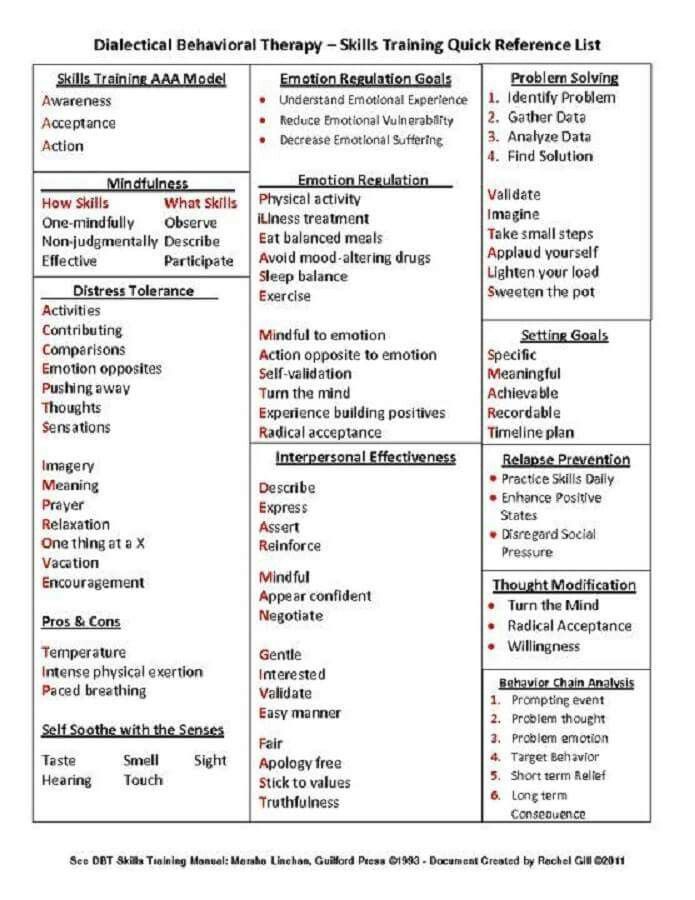 Leading American psychotherapists Jeffrey Young and Janet Klosko, the creators of schema therapy, are sure that as a child, each of us learns certain patterns of behavior, which we then reproduce with enviable stubbornness, even if they interfere with being successful and happy. But there is a way out! nine0003
Leading American psychotherapists Jeffrey Young and Janet Klosko, the creators of schema therapy, are sure that as a child, each of us learns certain patterns of behavior, which we then reproduce with enviable stubbornness, even if they interfere with being successful and happy. But there is a way out! nine0003
In this book, you will learn why we make the same mistakes and what actions can help break the vicious cycle and change lives for the better.
Buy a book
| Return to the list |
fairly good upbringing (2018)
Authors - John Philip and Karen Luis
The book is a thorough, practical, understandable and reasoned manual for parents.
It combines the principles of schema therapy, the latest research in pedagogy and child psychology, and the personal experience of the Louis spouses - psychologists, Christian ministers and parents. nine0003
The book introduces the reader to basic emotional needs and explains why meeting these needs is vital to raising emotionally healthy children.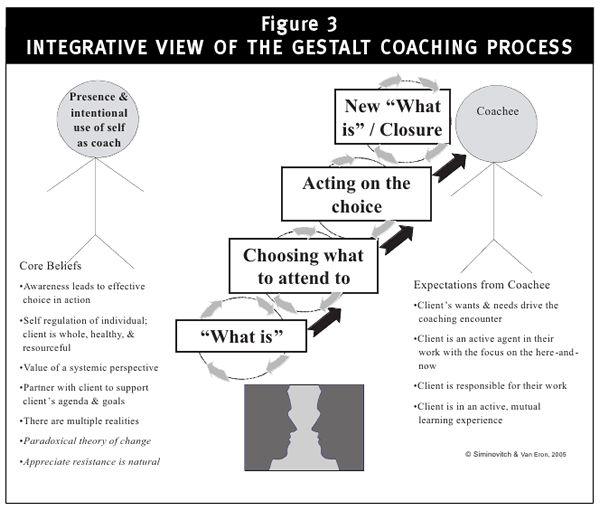 It empowers parents to deal with their own problems and learn to avoid behaviors that aggravate their children, learn how to repair relationships after marital conflict, and reconnect with their teens and older children.
It empowers parents to deal with their own problems and learn to avoid behaviors that aggravate their children, learn how to repair relationships after marital conflict, and reconnect with their teens and older children.
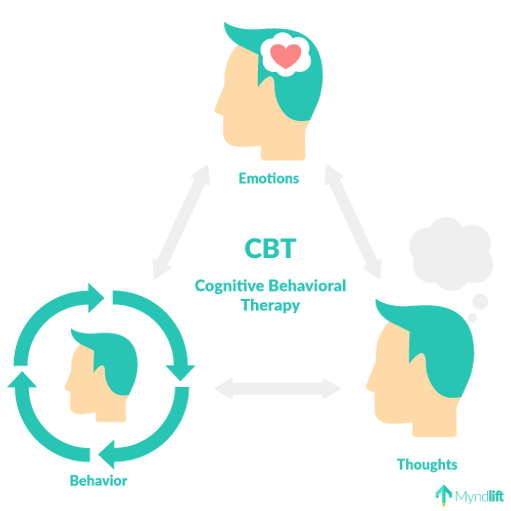 You will find out why you are drawn to such people (yes, it's not just that!), and work out your own life patterns. nine0003
You will find out why you are drawn to such people (yes, it's not just that!), and work out your own life patterns. nine0003 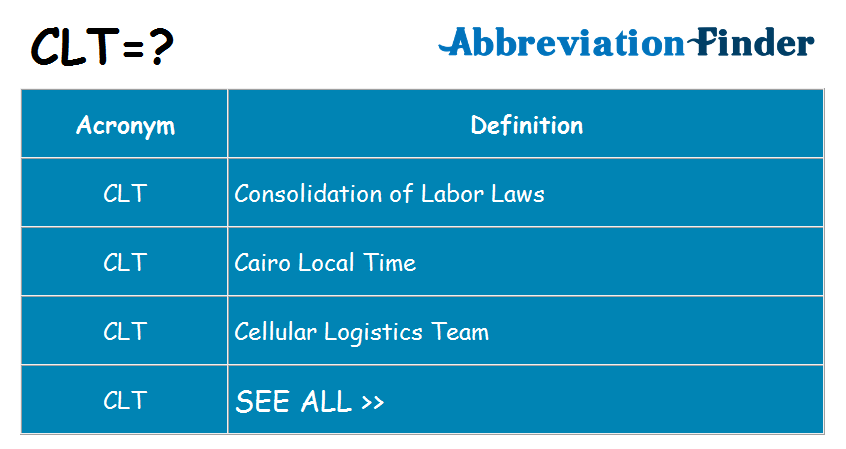 During this week, I asked a couple of acquaintances and colleagues, what modality of therapist they went to if the request was related to the family, relationship with spouse and children. Almost everyone assumed that in such situations would go to constellations, a smaller part would turn to family systems therapist, an even smaller portion would go to gestalt, dynamic, humanistic and other therapy. What matters here is what family problems are somehow not associated with cognitive or behavioral therapy. And today's article will just introduce you to cognitive-behavioral model of work with families and couples. By the way I note that integrative behavioral therapy for couples is far from the only cognitive-behavioral modality of working with clients, however (from my point of view vision) is the most appropriate. The classic model is the traditional behavioral couples therapy (which also has a lot of theories), but today we we will not parse. nine0003
During this week, I asked a couple of acquaintances and colleagues, what modality of therapist they went to if the request was related to the family, relationship with spouse and children. Almost everyone assumed that in such situations would go to constellations, a smaller part would turn to family systems therapist, an even smaller portion would go to gestalt, dynamic, humanistic and other therapy. What matters here is what family problems are somehow not associated with cognitive or behavioral therapy. And today's article will just introduce you to cognitive-behavioral model of work with families and couples. By the way I note that integrative behavioral therapy for couples is far from the only cognitive-behavioral modality of working with clients, however (from my point of view vision) is the most appropriate. The classic model is the traditional behavioral couples therapy (which also has a lot of theories), but today we we will not parse. nine0003 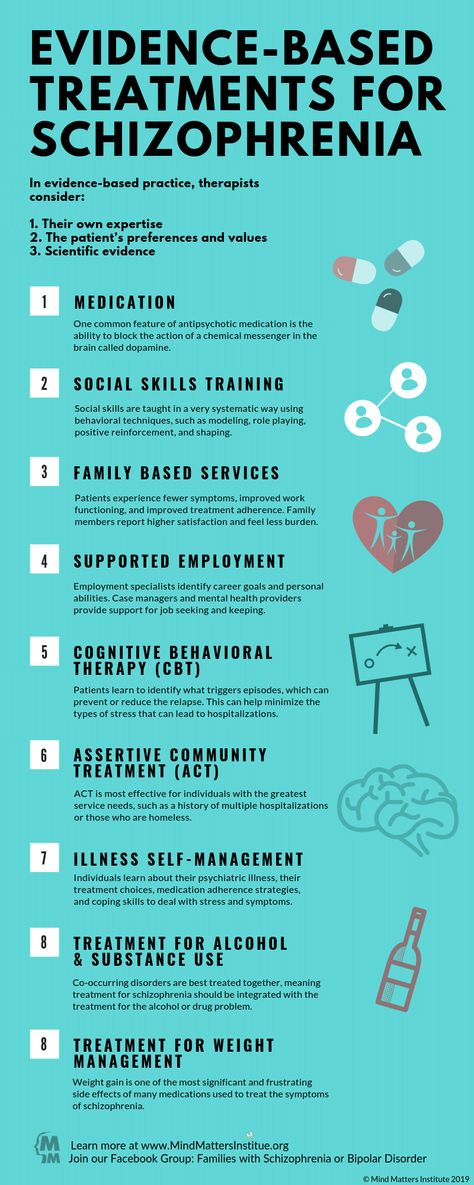 Theoretical base is reduced, among other things, to social learning theories and behavioral analysis, which at one time focuses on learning and observable reactions (in short, if Pavlov and Skinner became psychotherapists and worked with families, that would be "their" direction).
Theoretical base is reduced, among other things, to social learning theories and behavioral analysis, which at one time focuses on learning and observable reactions (in short, if Pavlov and Skinner became psychotherapists and worked with families, that would be "their" direction). 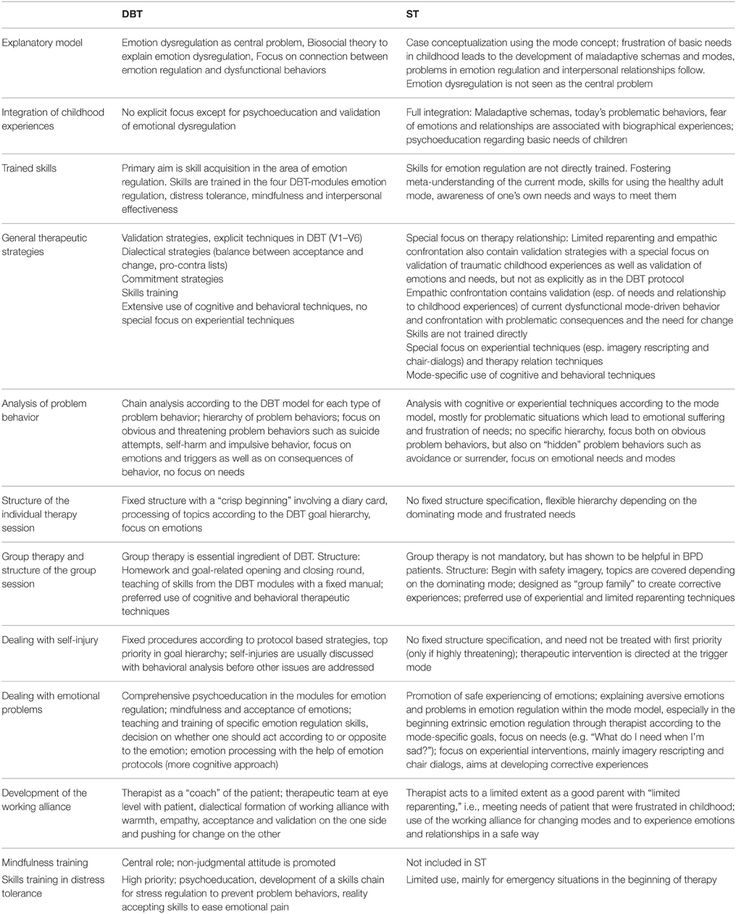
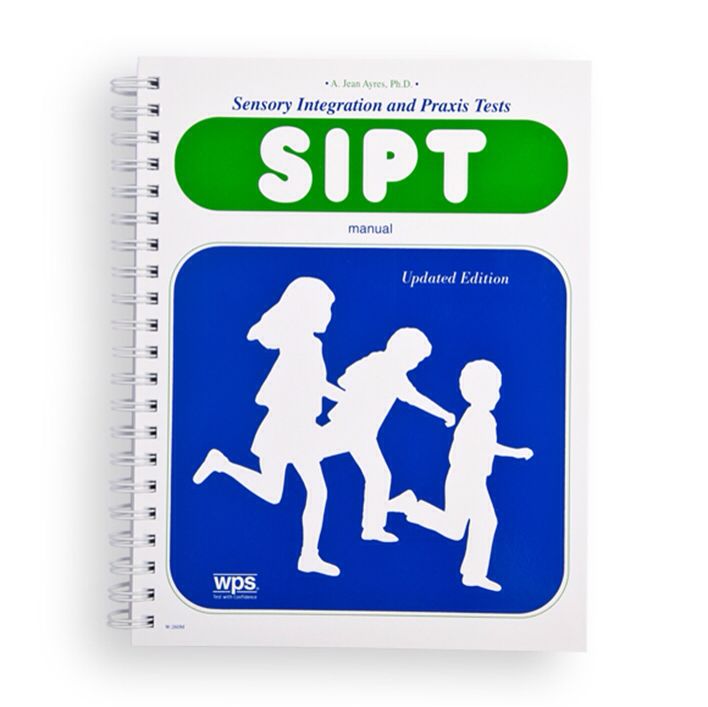 A number of researchers have even calculated what there should be a ratio of "bad" and "good" in marriage, so that you can move in peace. That is, taking into account sufficient scientific data (in the form of articles) and love for cognitive methods of evaluation, we can conclude that that integrative behavioral therapy for couples is sufficiently studied modality and there is no mysticism in it (which for me personally is important moment). nine0003
A number of researchers have even calculated what there should be a ratio of "bad" and "good" in marriage, so that you can move in peace. That is, taking into account sufficient scientific data (in the form of articles) and love for cognitive methods of evaluation, we can conclude that that integrative behavioral therapy for couples is sufficiently studied modality and there is no mysticism in it (which for me personally is important moment). nine0003 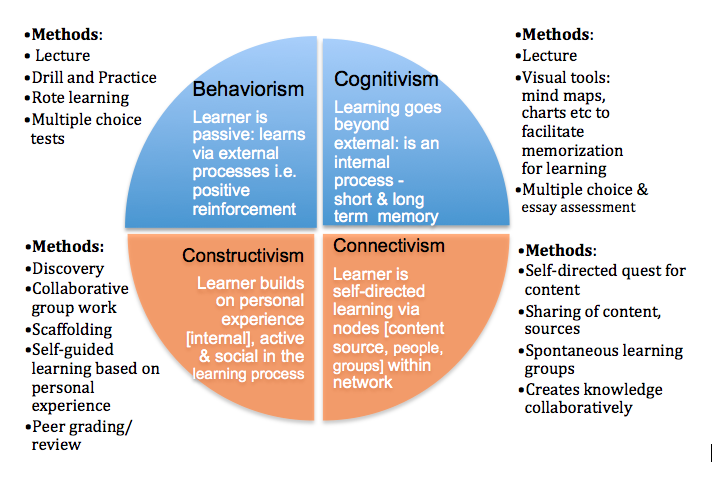
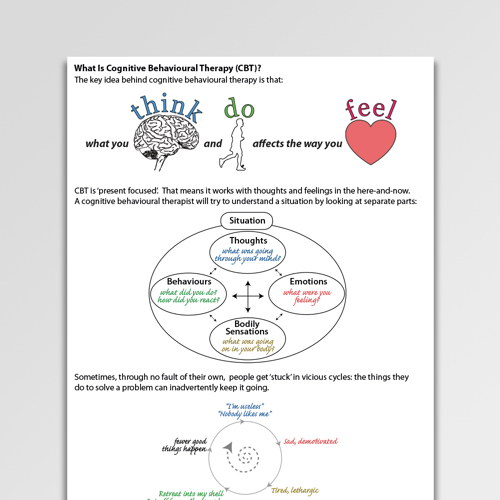
 Over time, there may be new difficulties that the client-therapist will not be able to solve. And these Difficulties are more about accepting rather than changing mindsets or behavior. Accordingly, IPTP shows itself better here. nine0003
Over time, there may be new difficulties that the client-therapist will not be able to solve. And these Difficulties are more about accepting rather than changing mindsets or behavior. Accordingly, IPTP shows itself better here. nine0003  In fact, to get started with it, just read the instructions. I will give the main characteristic features of integrative behavioral therapy married couples:
In fact, to get started with it, just read the instructions. I will give the main characteristic features of integrative behavioral therapy married couples: 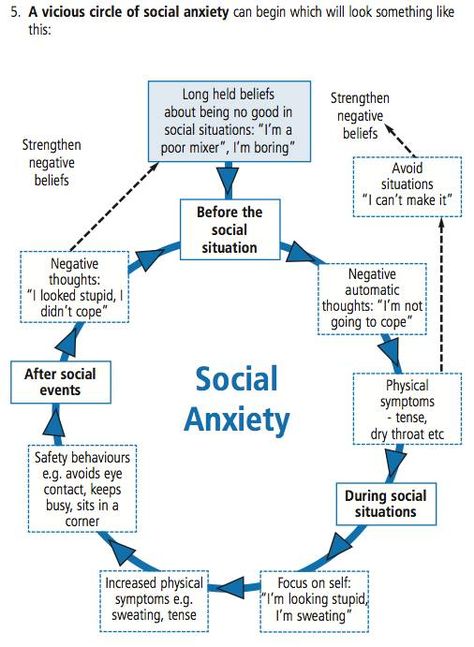 O.). Next comes the active phase of therapy.
O.). Next comes the active phase of therapy. 